Seton Smith
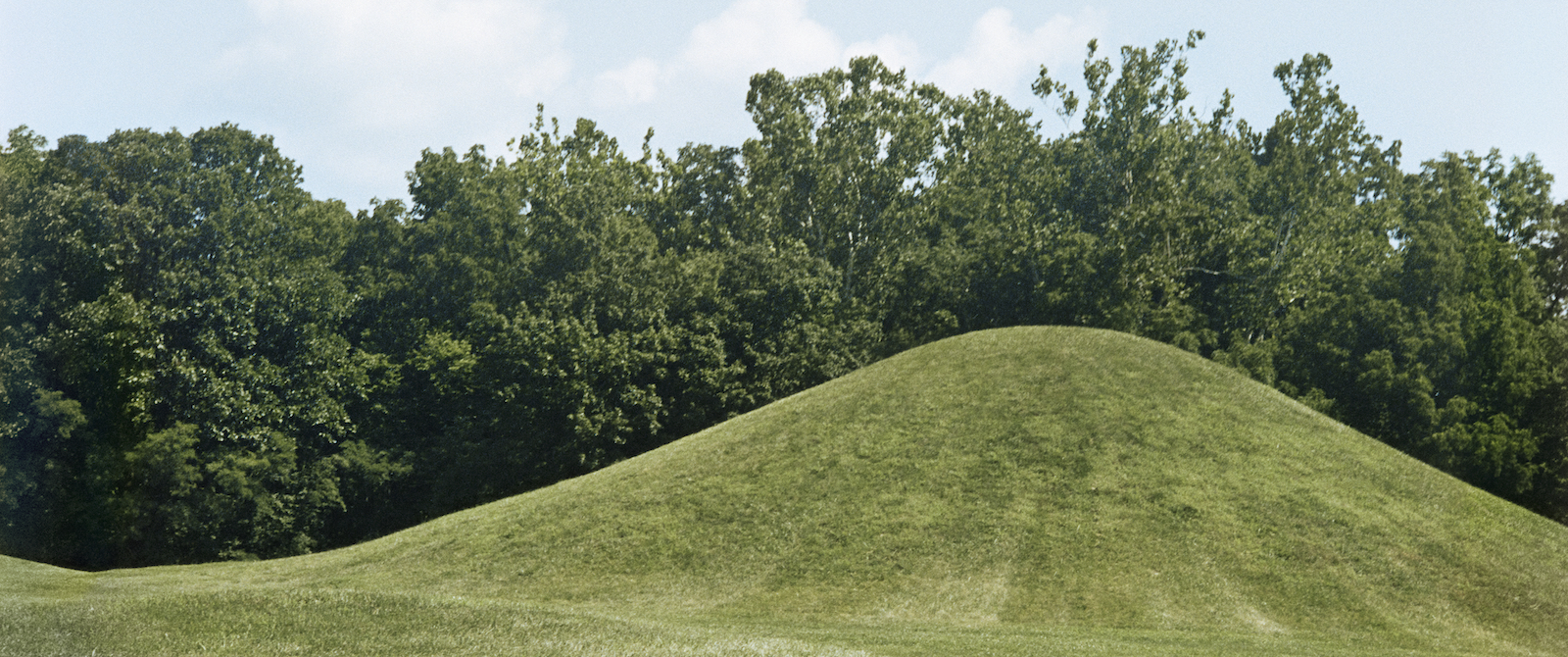
Seton Smith a réalisé cette série de photographies dans l’Ohio à Hopewell, un lieu historique dans lequel se trouvent des tumulus vestiges de la tribu Indienne Adena. Subsistent aujourd’hui de cet ancien site spirituel et funéraire des formes sculpturales qui émergent du paysage. Fonctionnant en série sous forme de diptyques, de triptyque ou d’une image seule, ces photographies, où les lignes et l’horizon servant de repères, permettent à Seton Smith d’évoquer subtilement la mémoire et sa confrontation en tant qu’artiste à la fragilité des civilisations et à l’évanescence de notre passage sur terre.

Paper: 34,4 x 50,6 cm (each)
Seton Smith a réalisé cette série de photographies dans l'Ohio à Hopewell, un lieu historique dans lequel se trouvent des tumulus vestiges de la tribu Indienne Adena. Subsistent aujourd'hui de cet ancien site spirituel et funéraire des formes sculpturales qui émergent du paysage. Fonctionnant en série sous forme de diptyques, de triptyque ou d'une image seule, ces photographies, où les lignes et l'horizon servant de repères, permettent à Seton Smith d'évoquer subtilement la mémoire et sa confrontation en tant qu'artiste à la fragilité des civilisations et à l'évanescence de notre passage sur terre.

Paper: 54,6 x 34,5 each
Seton Smith a réalisé cette série de photographies dans l’Ohio à Hopewell, un lieu historique dans lequel se trouvent des tumulus vestiges de la tribu Indienne Adena. Subsistent aujourd’hui de cet ancien site spirituel et funéraire des formes sculpturales qui émergent du paysage. Fonctionnant en série sous forme de diptyques, de triptyque ou d’une image seule, ces photographies, où les lignes et l’horizon servant de repères, permettent à Seton Smith d’évoquer subtilement la mémoire et sa confrontation en tant qu’artiste à la fragilité des civilisations et à l’évanescence de notre passage sur terre.

Paper: 34,4 x 50,6 cm
Seton Smith a réalisé cette série de photographies dans l'Ohio à Hopewell, un lieu historique dans lequel se trouvent des tumulus vestiges de la tribu Indienne Adena. Subsistent aujourd'hui de cet ancien site spirituel et funéraire des formes sculpturales qui émergent du paysage. Fonctionnant en série sous forme de diptyques, de triptyque ou d'une image seule, ces photographies, où les lignes et l'horizon servant de repères, permettent à Seton Smith d'évoquer subtilement la mémoire et sa confrontation en tant qu'artiste à la fragilité des civilisations et à l'évanescence de notre passage sur terre.

Cibachrome, Plexiglas, and Brace
Image: 180 x 120 cm (each)
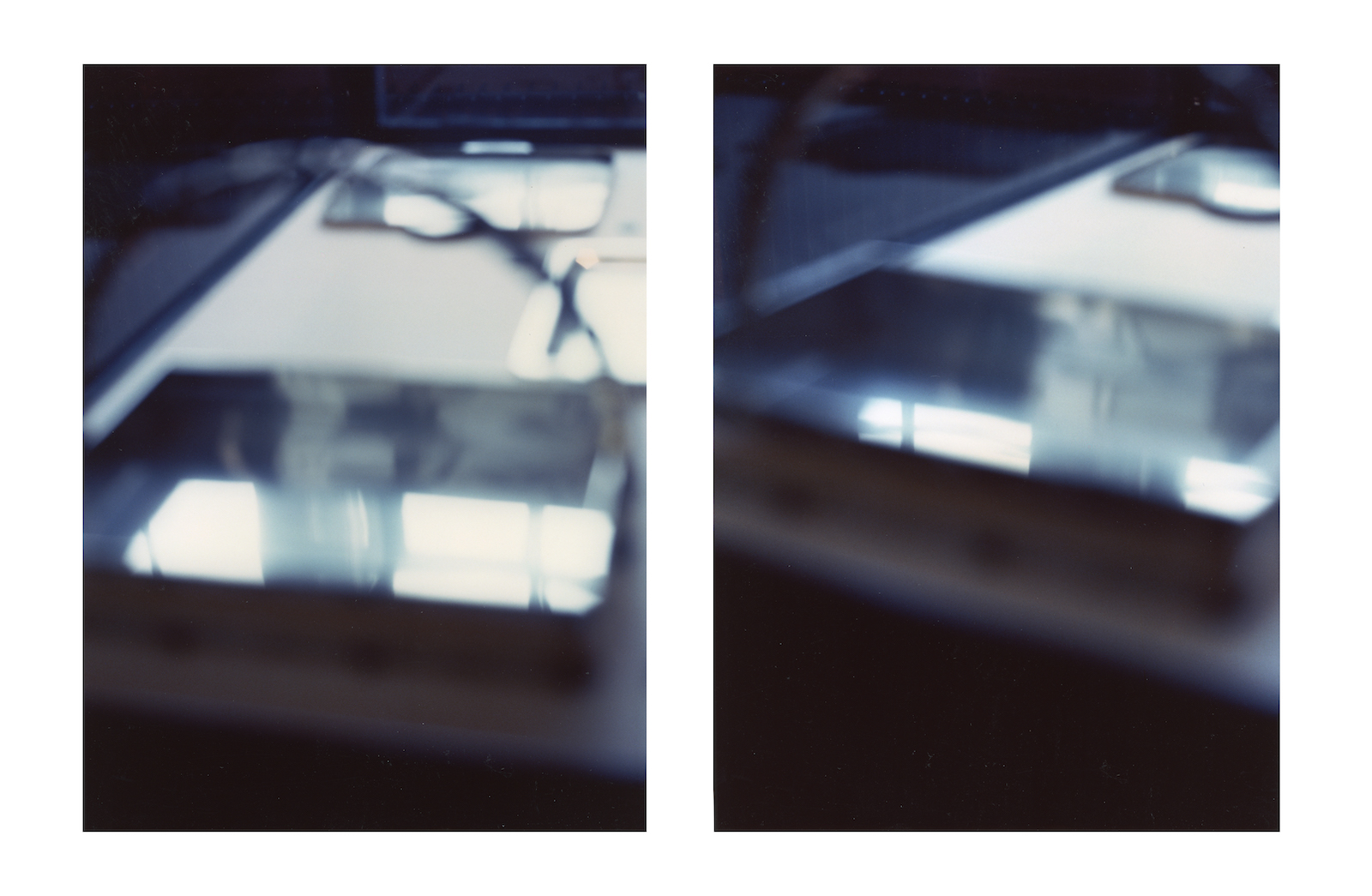
Cibachrome, Plexiglas, and Brace
Image: 180 x 120 cm (each)
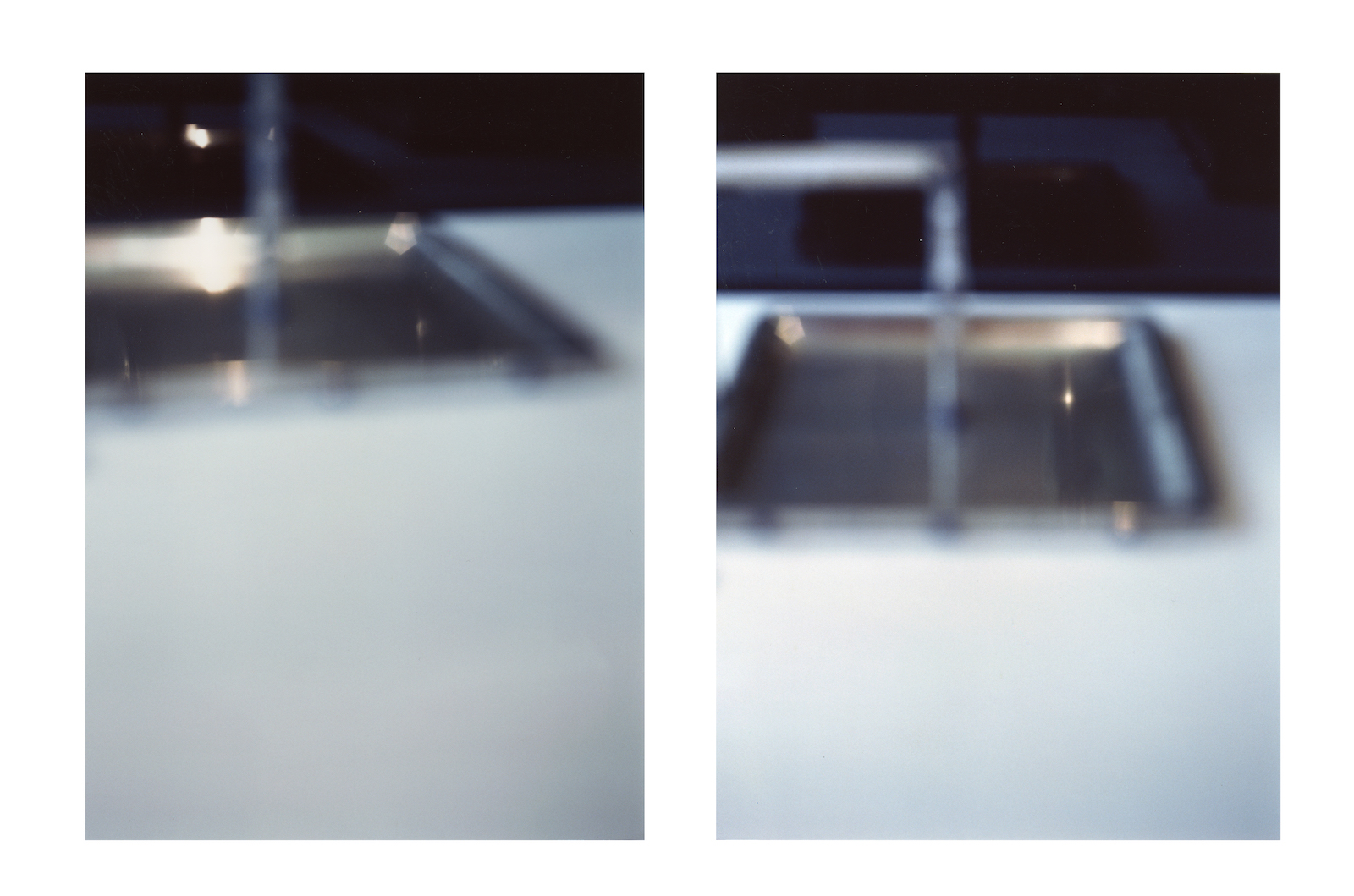
Cibachrome, Plexiglas, and Brace
Image: 180 x 120 cm (each)
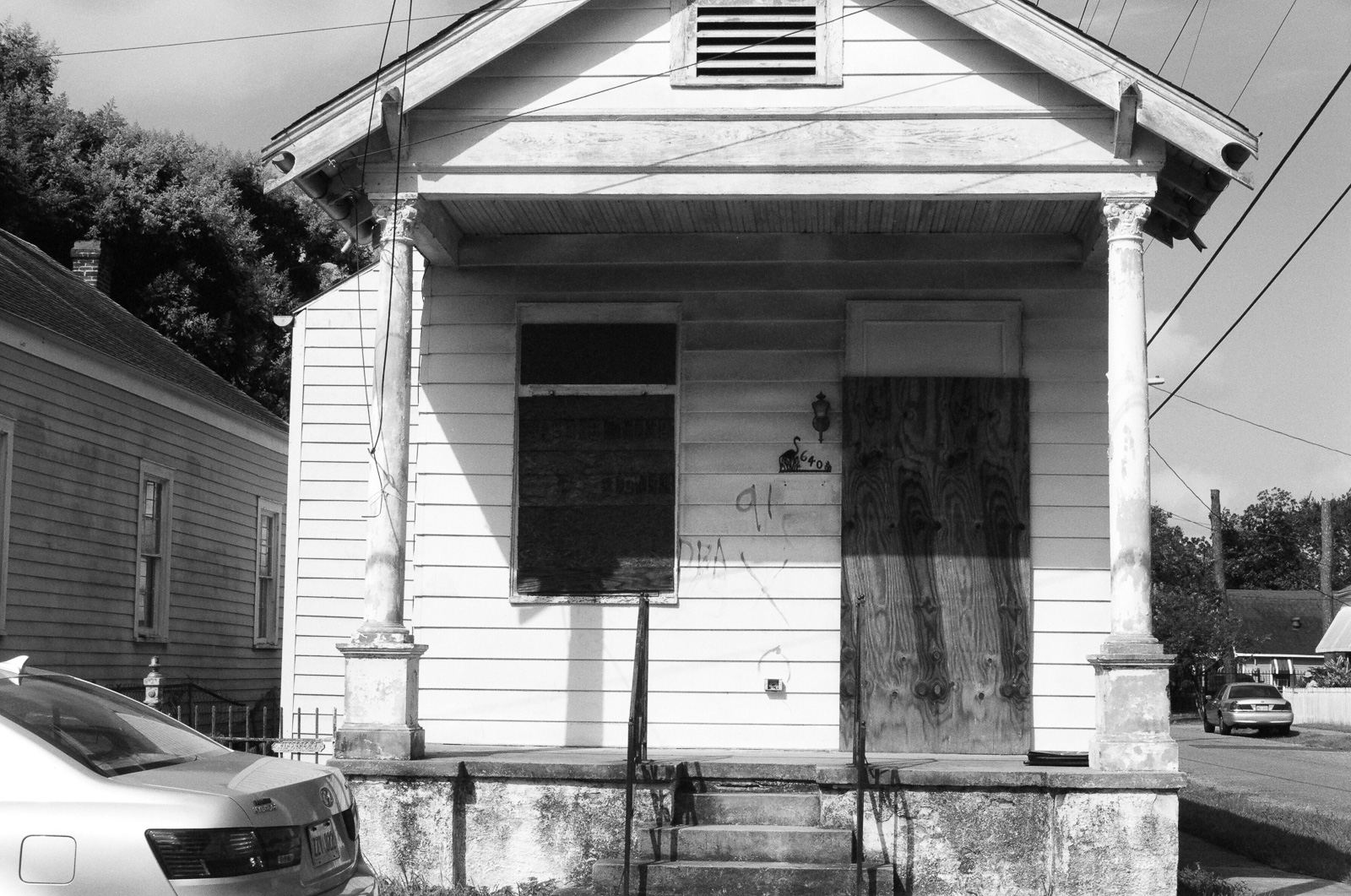
archival pigment print
Image: 16 x 24"
Since 2012, Seton Smith has begun taking photographs of houses in different areas within the United States. Using black and white, and increasing focus sharpness, she slightly modifies her photography technique to produce works in the continuity of her endeavour to decode elements of power in architecture.
According to her, houses and more generally architecture shape individuals. Conversely, buildings, private housing or public institutions embody fragments of life’s marks and memories of human existence.
In these large series of photographs, conceptualised as a road-trip across the American territory, it is all the individual and global history of the country which is elucidated and which can be felt in relation to these solitary houses.
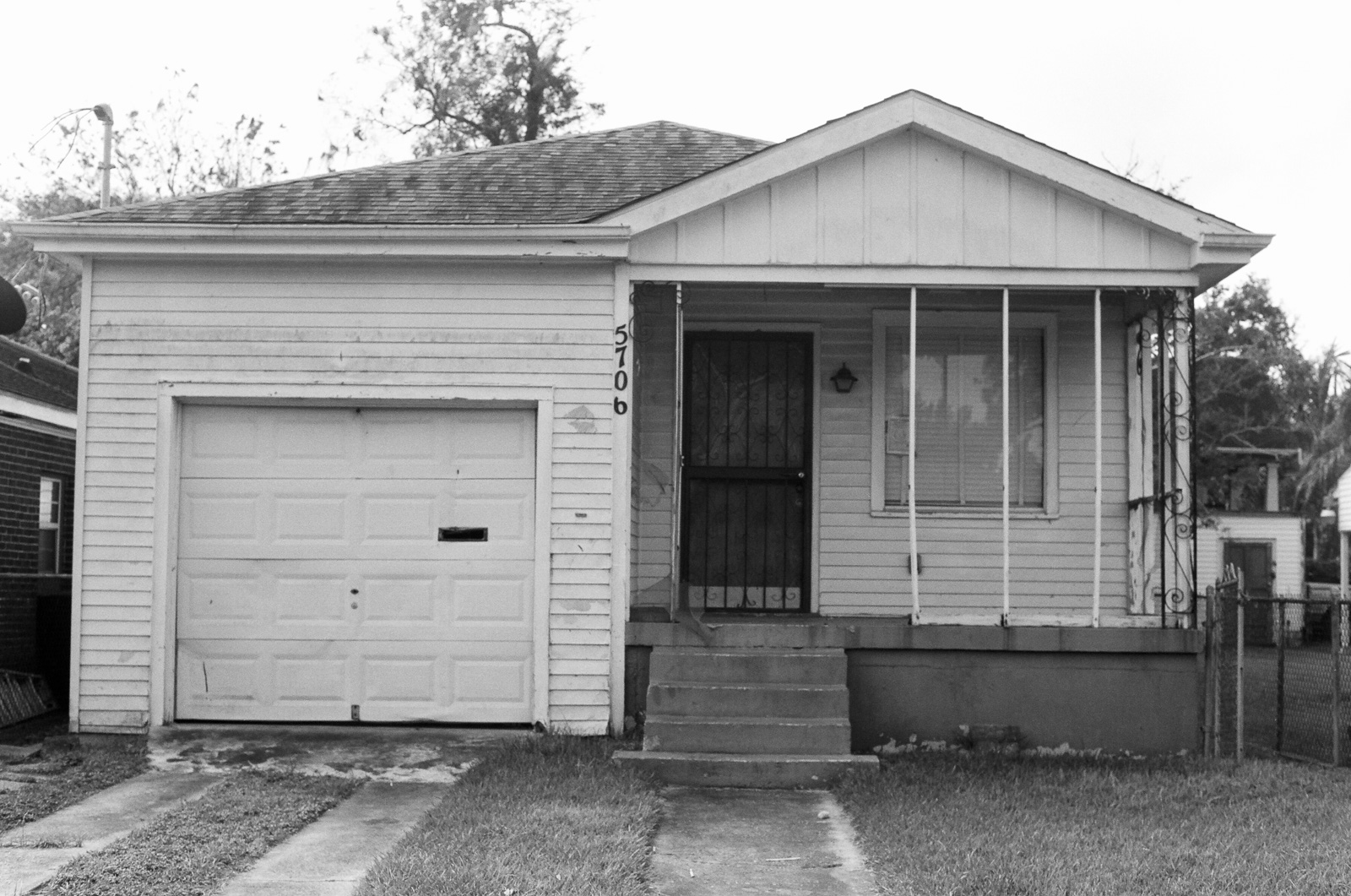
archival pigment print
Image: 16 x 24"
Since 2012, Seton Smith has begun taking photographs of houses in different areas within the United States. Using black and white, and increasing focus sharpness, she slightly modifies her photography technique to produce works in the continuity of her endeavour to decode elements of power in architecture.
According to her, houses and more generally architecture shape individuals. Conversely, buildings, private housing or public institutions embody fragments of life’s marks and memories of human existence.
In these large series of photographs, conceptualised as a road-trip across the American territory, it is all the individual and global history of the country which is elucidated and which can be felt in relation to these solitary houses.
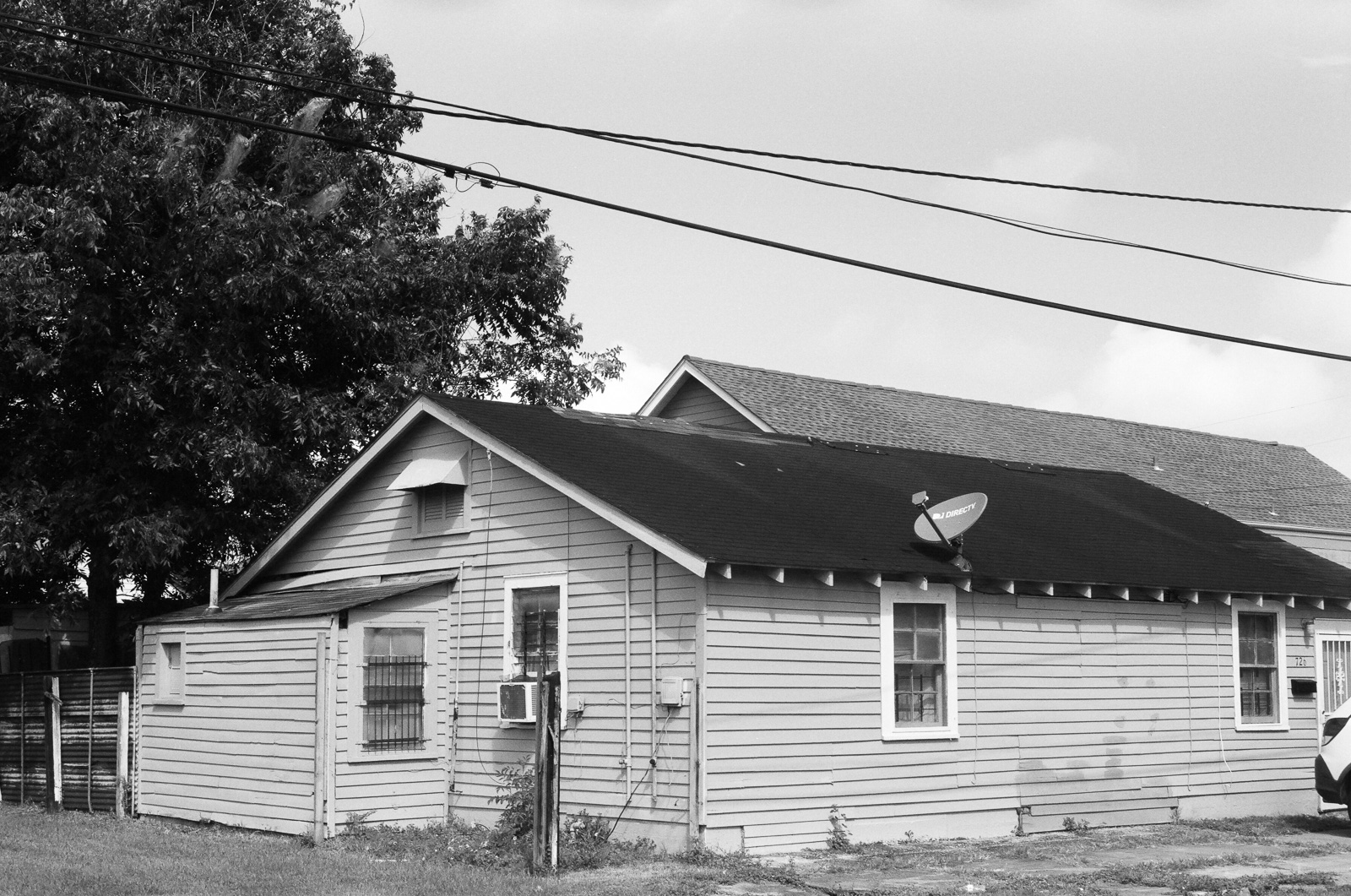
archival pigment print
Image: 16 x 24"
Since 2012, Seton Smith has begun taking photographs of houses in different areas within the United States. Using black and white, and increasing focus sharpness, she slightly modifies her photography technique to produce works in the continuity of her endeavour to decode elements of power in architecture.
According to her, houses and more generally architecture shape individuals. Conversely, buildings, private housing or public institutions embody fragments of life’s marks and memories of human existence.
In these large series of photographs, conceptualised as a road-trip across the American territory, it is all the individual and global history of the country which is elucidated and which can be felt in relation to these solitary houses.
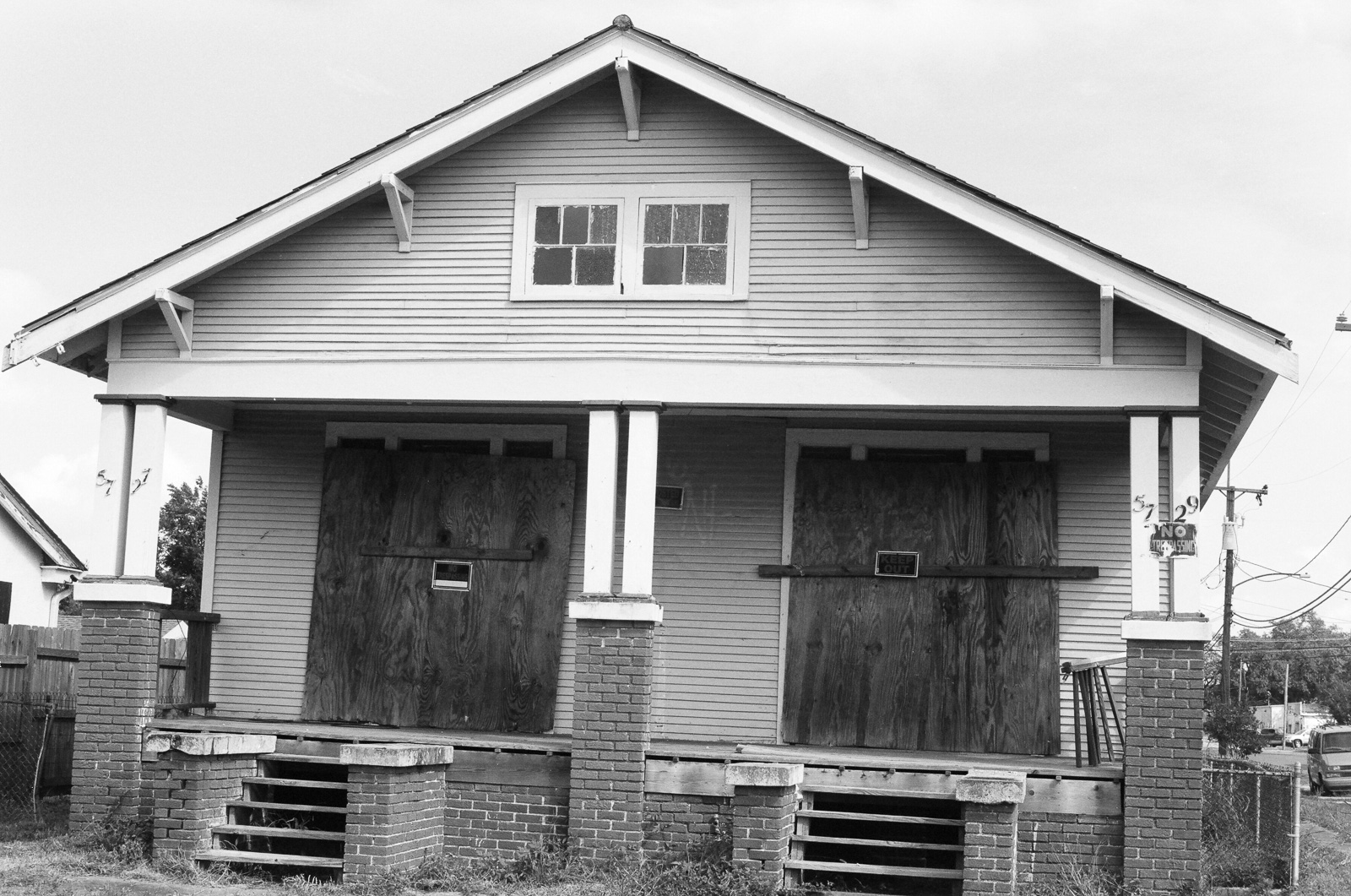
archival pigment print
Image: 16 x 24"
Since 2012, Seton Smith has begun taking photographs of houses in different areas within the United States. Using black and white, and increasing focus sharpness, she slightly modifies her photography technique to produce works in the continuity of her endeavour to decode elements of power in architecture.
According to her, houses and more generally architecture shape individuals. Conversely, buildings, private housing or public institutions embody fragments of life’s marks and memories of human existence.
In these large series of photographs, conceptualised as a road-trip across the American territory, it is all the individual and global history of the country which is elucidated and which can be felt in relation to these solitary houses.

archival pigment print
Image: 16 x 24"
Since 2012, Seton Smith has begun taking photographs of houses in different areas within the United States. Using black and white, and increasing focus sharpness, she slightly modifies her photography technique to produce works in the continuity of her endeavour to decode elements of power in architecture.
According to her, houses and more generally architecture shape individuals. Conversely, buildings, private housing or public institutions embody fragments of life’s marks and memories of human existence.
In these large series of photographs, conceptualised as a road-trip across the American territory, it is all the individual and global history of the country which is elucidated and which can be felt in relation to these solitary houses.
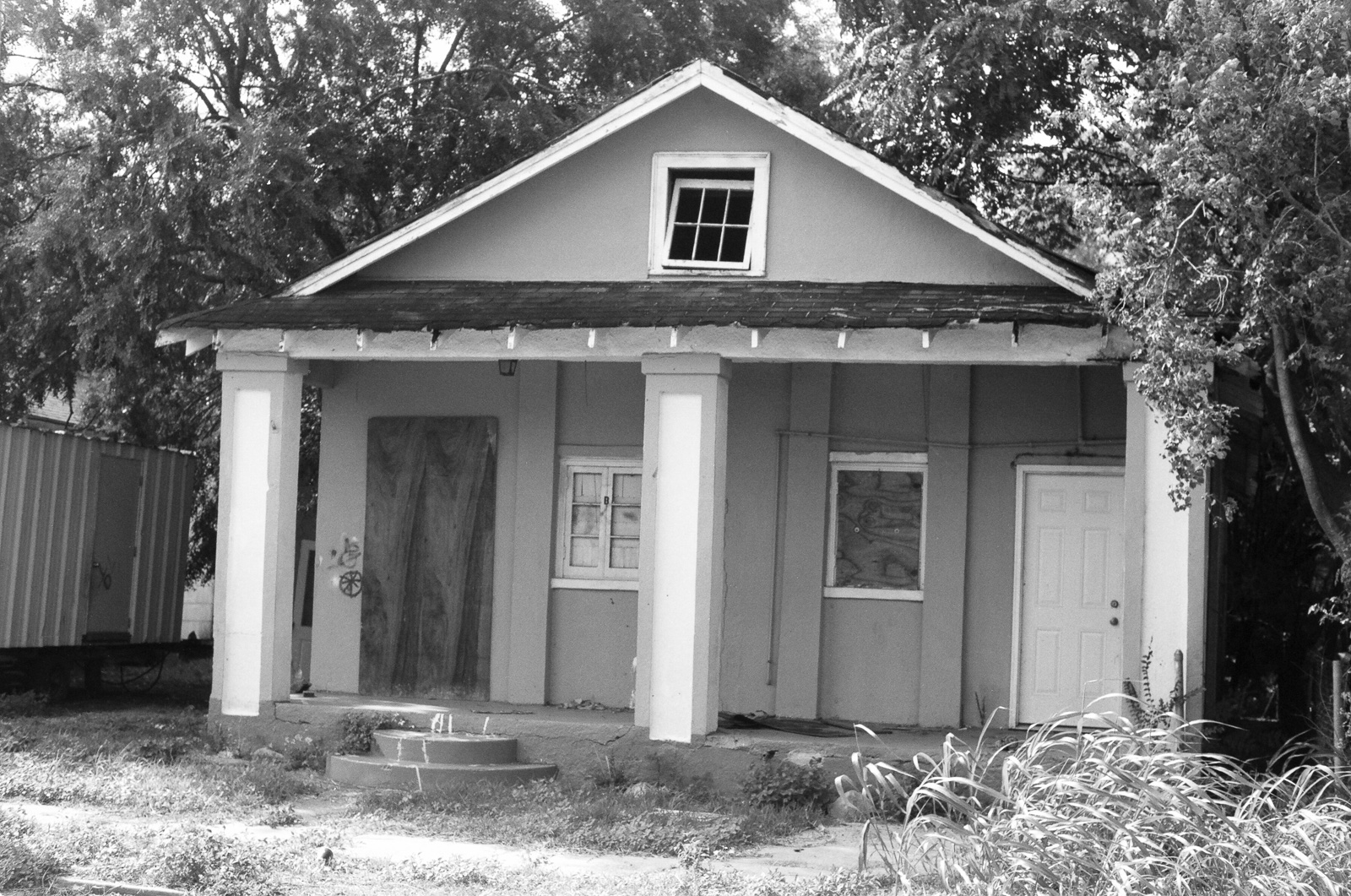
archival pigment print
Image: 16 x 24"
Since 2012, Seton Smith has begun taking photographs of houses in different areas within the United States. Using black and white, and increasing focus sharpness, she slightly modifies her photography technique to produce works in the continuity of her endeavour to decode elements of power in architecture.
According to her, houses and more generally architecture shape individuals. Conversely, buildings, private housing or public institutions embody fragments of life’s marks and memories of human existence.
In these large series of photographs, conceptualised as a road-trip across the American territory, it is all the individual and global history of the country which is elucidated and which can be felt in relation to these solitary houses.
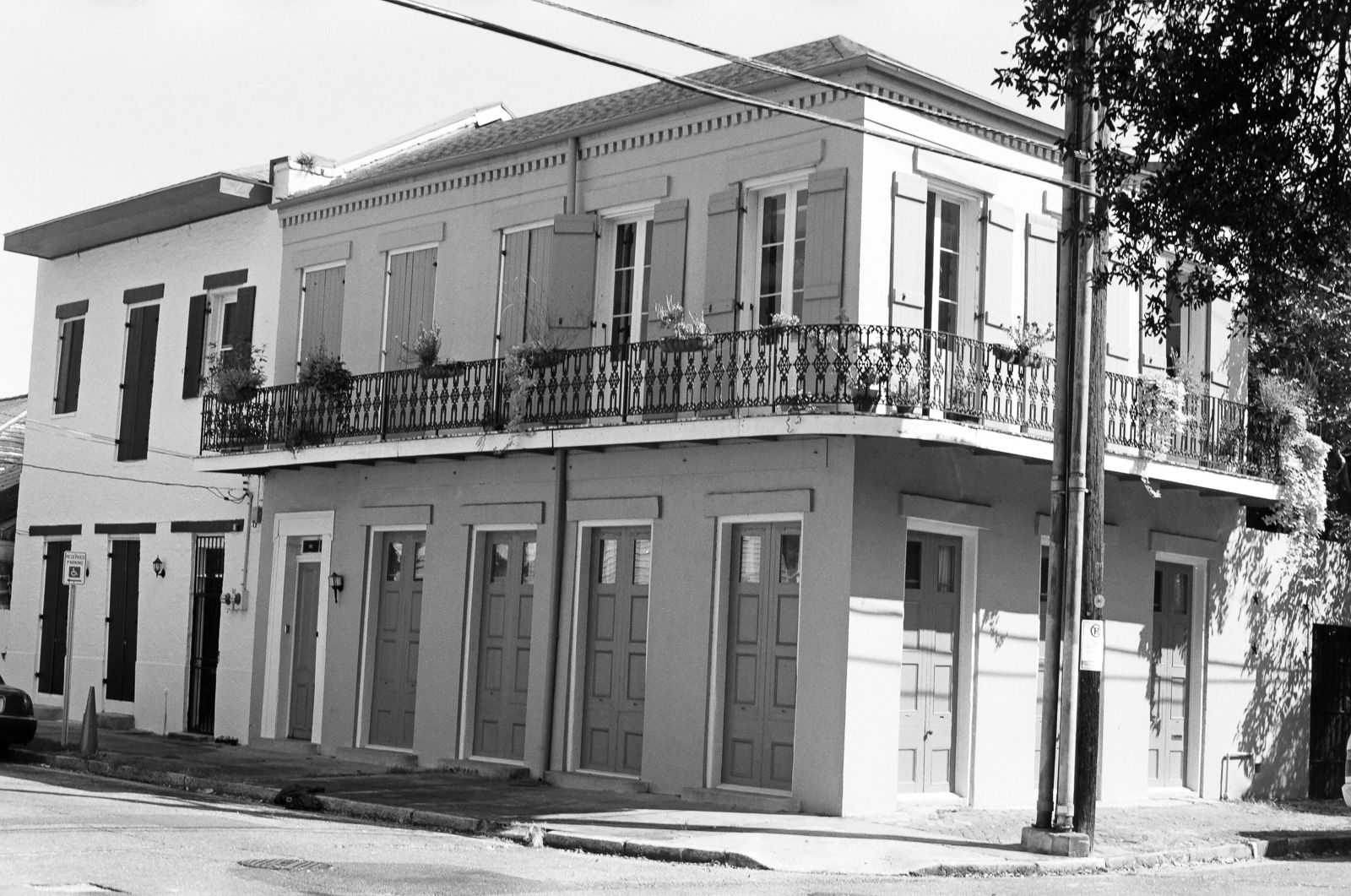
archival pigment print
Image: 16 x 24"
Since 2012, Seton Smith has begun taking photographs of houses in different areas within the United States. Using black and white, and increasing focus sharpness, she slightly modifies her photography technique to produce works in the continuity of her endeavour to decode elements of power in architecture.
According to her, houses and more generally architecture shape individuals. Conversely, buildings, private housing or public institutions embody fragments of life’s marks and memories of human existence.
In these large series of photographs, conceptualised as a road-trip across the American territory, it is all the individual and global history of the country which is elucidated and which can be felt in relation to these solitary houses.

archival pigment print
Image: 16 x 24"
Since 2012, Seton Smith has begun taking photographs of houses in different areas within the United States. Using black and white, and increasing focus sharpness, she slightly modifies her photography technique to produce works in the continuity of her endeavour to decode elements of power in architecture.
According to her, houses and more generally architecture shape individuals. Conversely, buildings, private housing or public institutions embody fragments of life’s marks and memories of human existence.
In these large series of photographs, conceptualised as a road-trip across the American territory, it is all the individual and global history of the country which is elucidated and which can be felt in relation to these solitary houses.
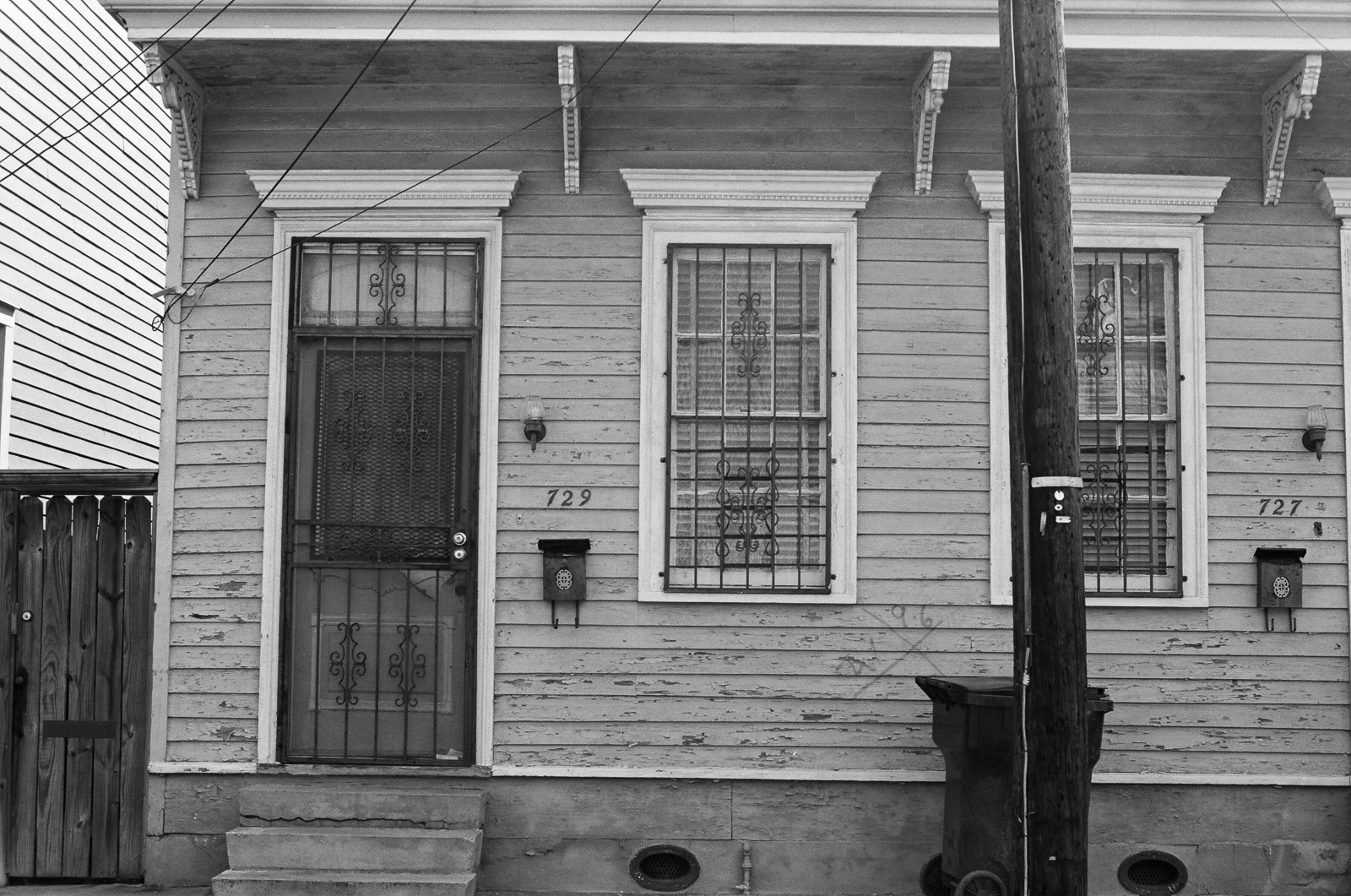
archival pigment print
Image: 16 x 24"
Since 2012, Seton Smith has begun taking photographs of houses in different areas within the United States. Using black and white, and increasing focus sharpness, she slightly modifies her photography technique to produce works in the continuity of her endeavour to decode elements of power in architecture.
According to her, houses and more generally architecture shape individuals. Conversely, buildings, private housing or public institutions embody fragments of life's marks and memories of human existence.
In these large series of photographs, conceptualised as a road-trip across the American territory, it is all the individual and global history of the country which is elucidated and which can be felt in relation to these solitary houses.

Inkjet Print
Image: 36 x 53,9 inches
Paper: 36 x 53,9 inches
Exhibitions:
- Kiki & Seton Smith, A Sense of Place, A Hometown Tribute Exhibition, Seton Hall University, 30th Oct- 9th Dec 2016
- Second Mark, Gallery SissoParis, from September 18th septembre to October 27th 2015
Bibliographie:
- Kiki & Seton Smith, A Sense of Place, A Hometown Tribute Exhibition, New- Jersey, Etats-Unis, p. 24
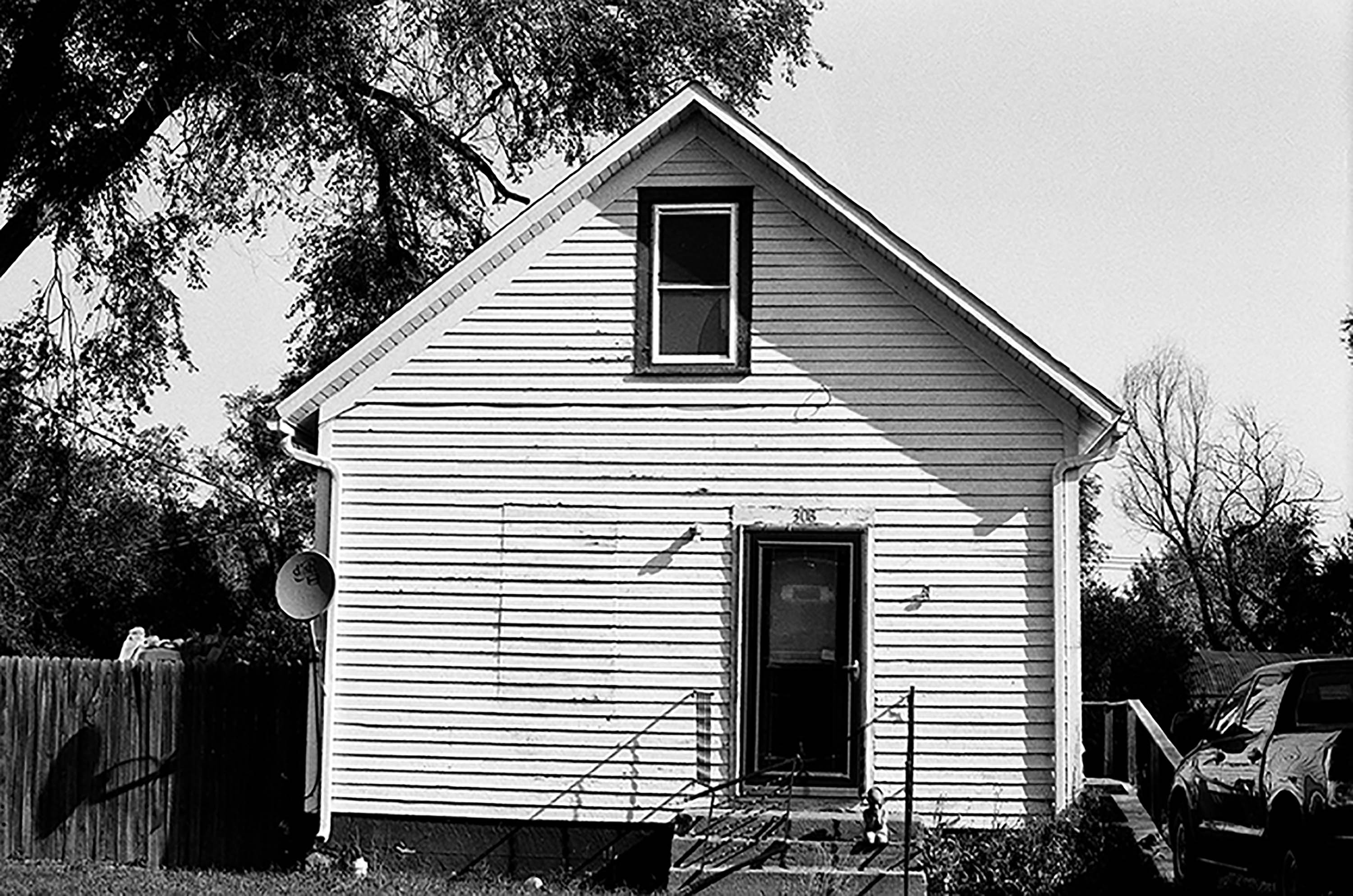
Inkjet Print
Image: 36 x 54 inches
Paper: 36 x 53,9 inches
Since 2012, Seton Smith has begun taking photographs of houses in different areas within the United States. Using black and white, and increasing focus sharpness, she slightly modifies her photography technique to produce works in the continuity of her endeavour to decode elements of power in architecture.
According to her, houses and more generally architecture shape individuals. Conversely, buildings, private housing or public institutions embody fragments of life’s marks and memories of human existence.
In these large series of photographs, conceptualised as a road-trip across the American territory, it is all the individual and global history of the country which is elucidated and which can be felt in relation to these solitary houses.
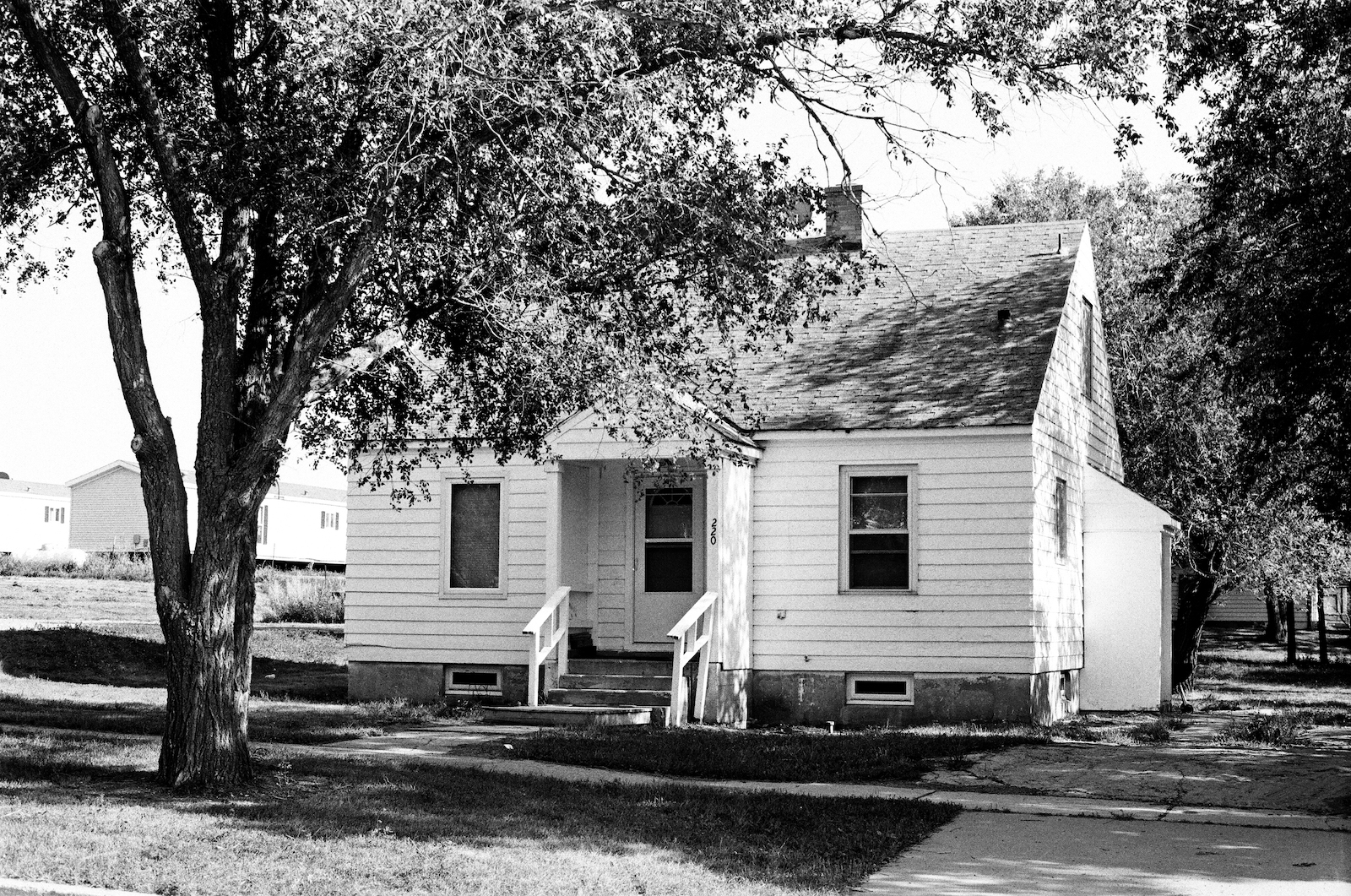
Inkjet print
Image: 36,2 x 53,1 inches
Since 2012, Seton Smith has begun taking photographs of houses in different areas within the United States. Using black and white, and increasing focus sharpness, she slightly modifies her photography technique to produce works in the continuity of her endeavour to decode elements of power in architecture.
According to her, houses and more generally architecture shape individuals. Conversely, buildings, private housing or public institutions embody fragments of life's marks and memories of human existence.
In these large series of photographs, conceptualised as a road-trip across the American territory, it is all the individual and global history of the country which is elucidated and which can be felt in relation to these solitary houses.
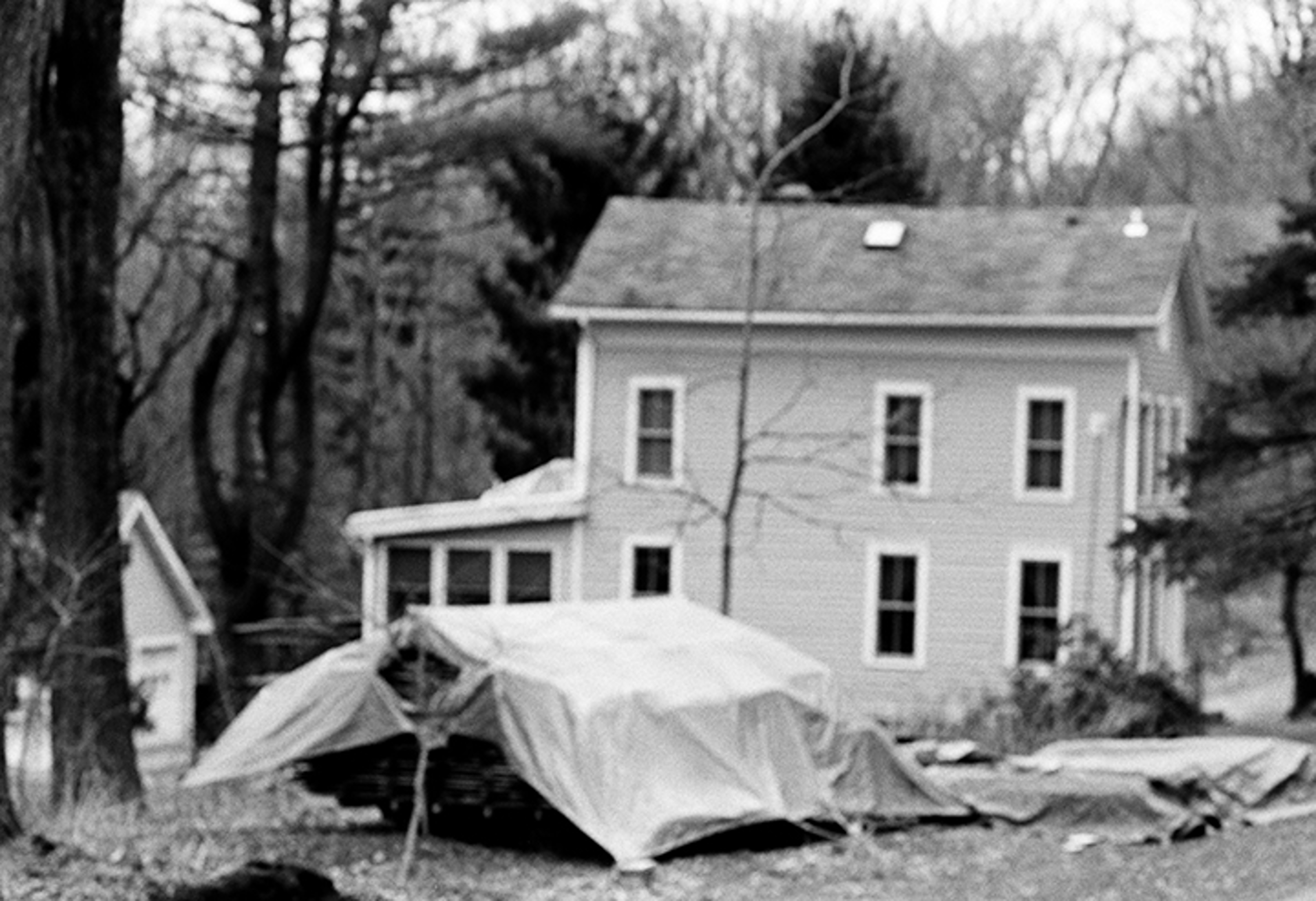
Inkjet print
Image: 36,2 x 53,1 inches
Since 2012, Seton Smith has begun taking photographs of houses in different areas within the United States. Using black and white, and increasing focus sharpness, she slightly modifies her photography technique to produce works in the continuity of her endeavour to decode elements of power in architecture.
According to her, houses and more generally architecture shape individuals. Conversely, buildings, private housing or public institutions embody fragments of life’s marks and memories of human existence.
In these large series of photographs, conceptualised as a road-trip across the American territory, it is all the individual and global history of the country which is elucidated and which can be felt in relation to these solitary houses.
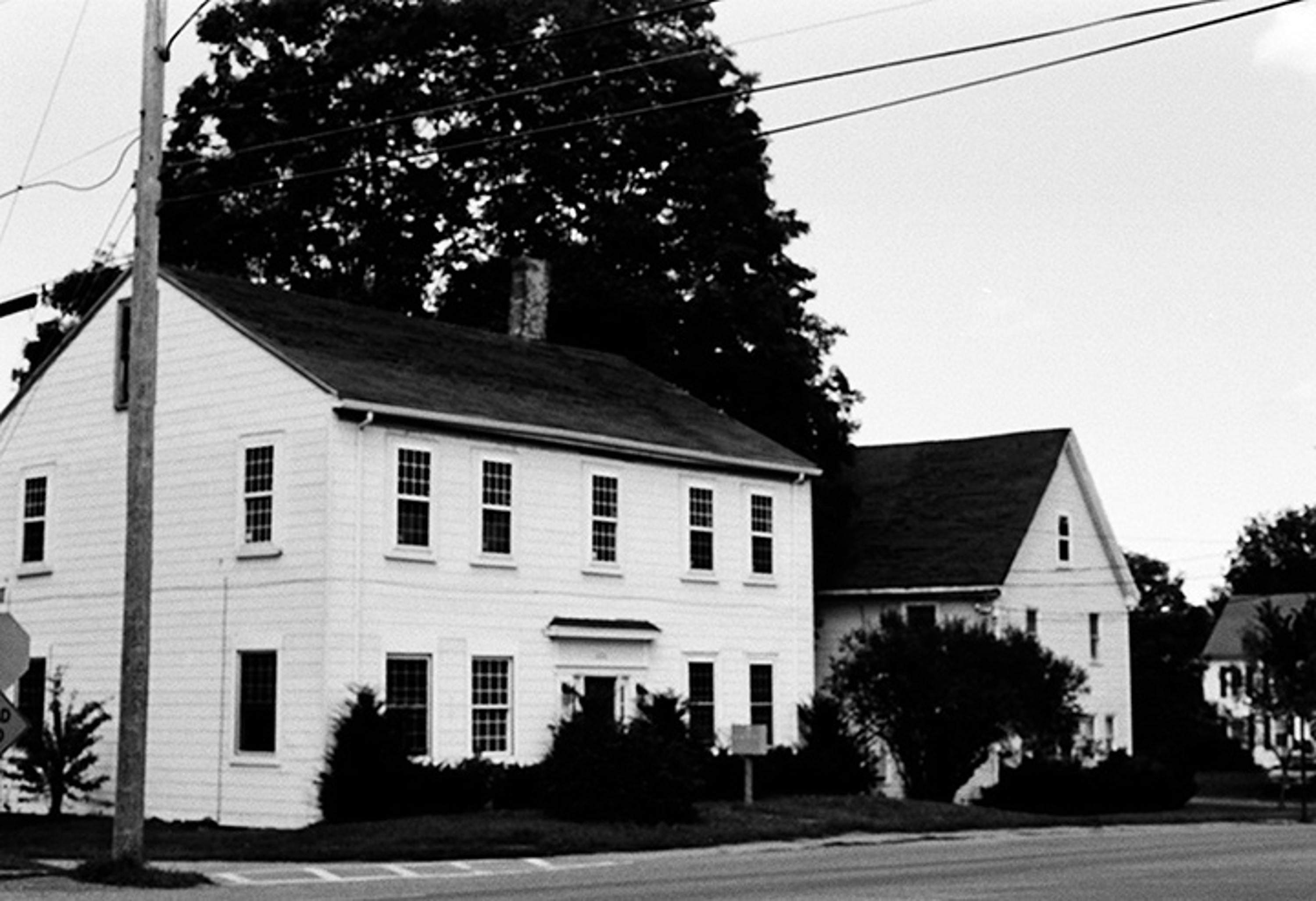
Inkjet print
Image: 36,2 x 53,1 inches
Bibliography:
- Kiki & Seton Smith, A Sense of Place, A Hometown Tribute Exhibition, New- Jersey, Etats-Unis, p. 28
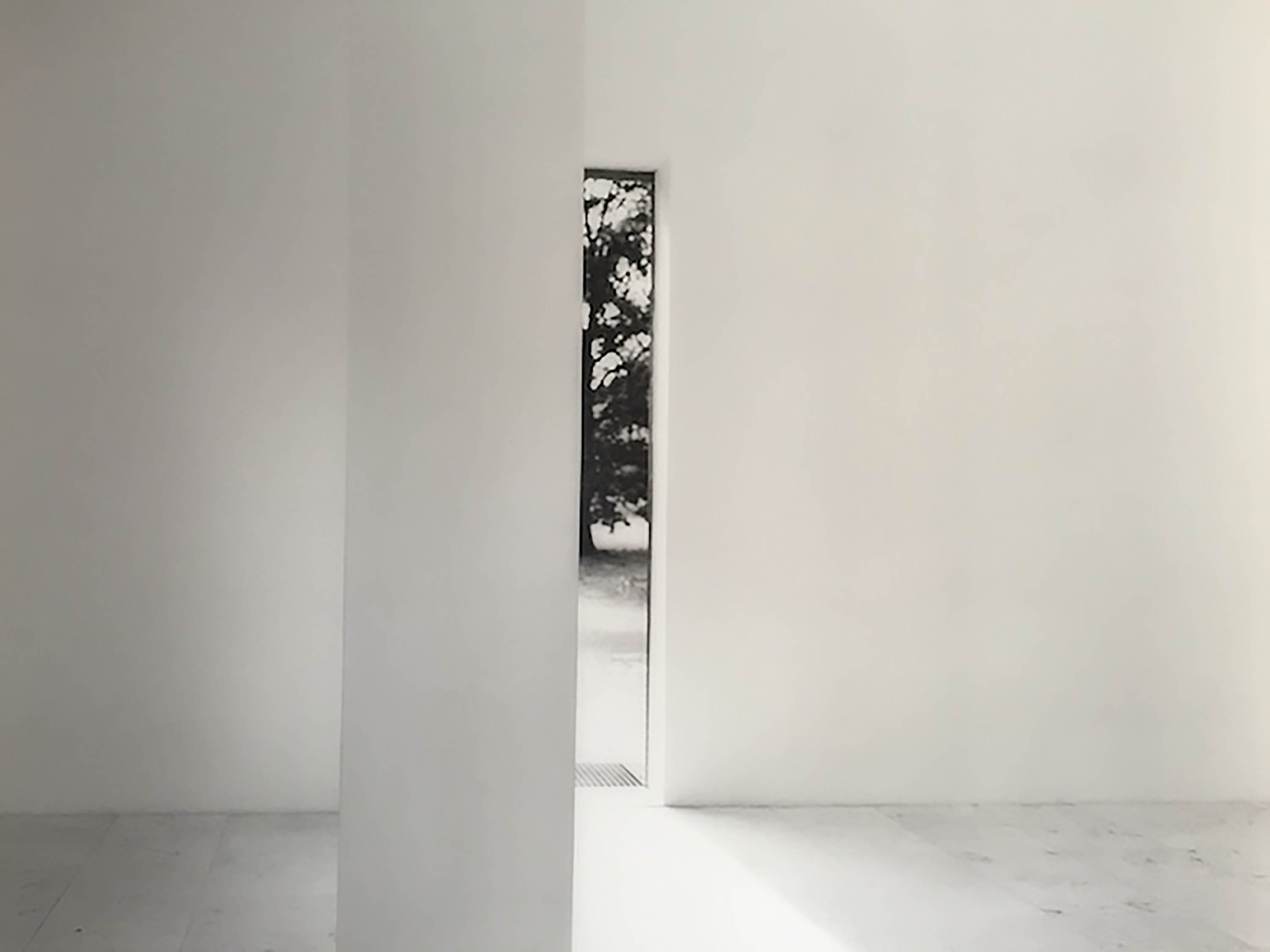
Image: 38,2 x 47,2 inches
Paper: 38,2 x 47,2 inches
This photograph of a room in the Insel Hombroich Museum, located near Dusseldorf is in line with the architectural minimalism that characterizes Seton Smith’s work.
Perspective drives the eye towards the outside, contrasting with the luminous and seemingly empty inside of the room.
Phantasmagorical testimony of an absence, this photograph invites the viewer to project themselves into the universe of memory of the works and to penetrate the image in order to sense their presence in counterpoint.
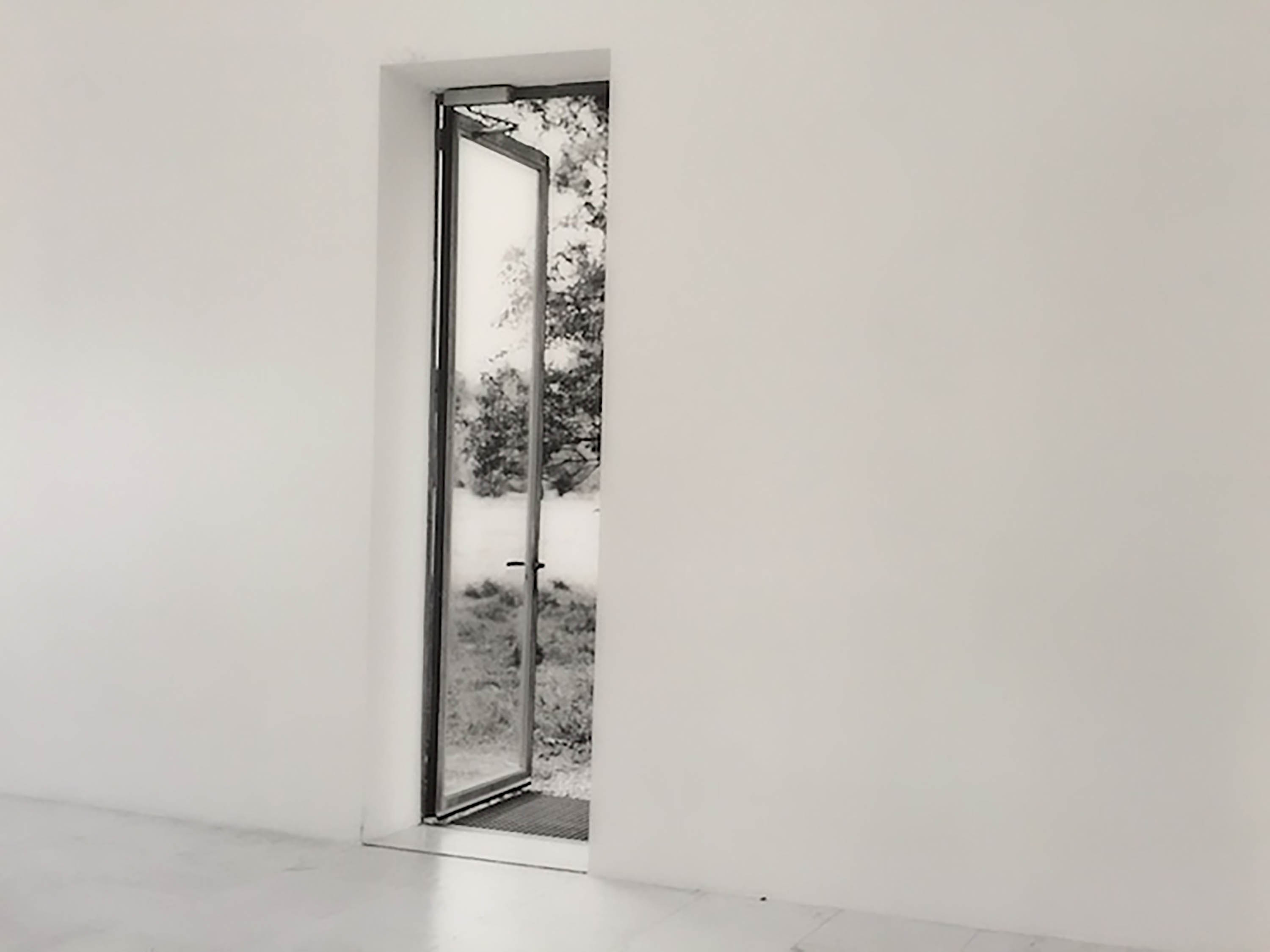
Image: 38,1 x 47,2 inches
Paper: 38,1 x 47,2 inches
This photograph of a room in the Insel Hombroich Museum, located near Dusseldorf is in line with the architectural minimalism that characterizes Seton Smith’s work.
Perspective drives the eye towards the outside, contrasting with the luminous and seemingly empty inside of the room.
Phantasmagorical testimony of an absence, this photograph invites the viewer to project themselves into the universe of memory of the works and to penetrate the image in order to sense their presence in counterpoint.

Digital print on archival paper
Image: 36 x 53,9 inches
Paper: 36 x 53,9 inches
Since 2012, Seton Smith has begun taking photographs of houses in different areas within the United States. Using black and white, and increasing focus sharpness, she slightly modifies her photography technique to produce works in the continuity of her endeavour to decode elements of power in architecture.
According to her, houses and more generally architecture shape individuals. Conversely, buildings, private housing or public institutions embody fragments of life's marks and memories of human existence.
In these large series of photographs, conceptualised as a road-trip across the American territory, it is all the individual and global history of the country which is elucidated and which can be felt in relation to these solitary houses.
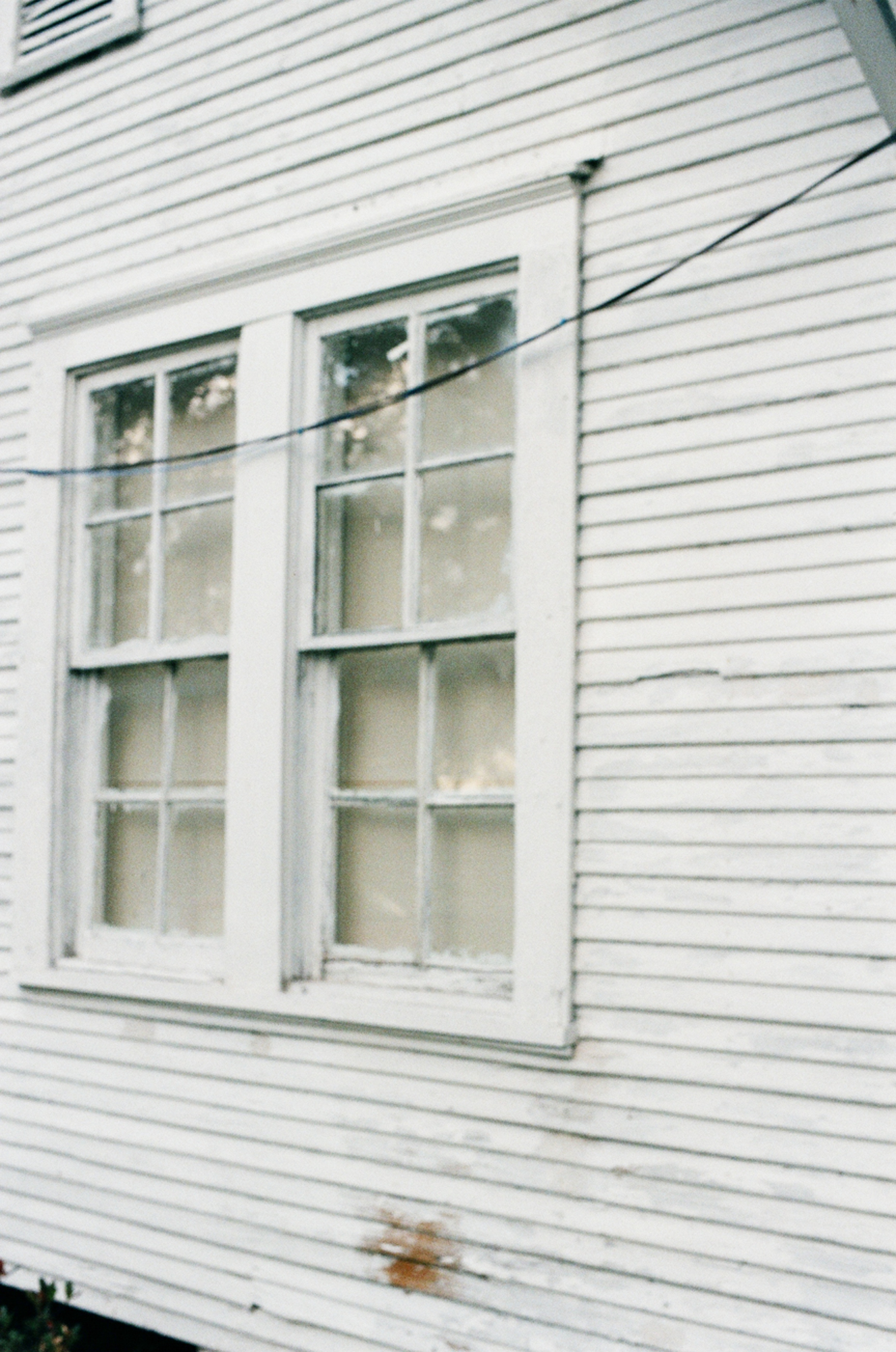
Chromogenic print
Image: 94,5 x 70,9 inches
This series of photographs has been produced by the artist during a visit of renovated row houses in 2003 in the third district of Houston, Texas.
These row houses are former “Shotgun Houses” (12’ wide 3.5 m), little traditional Haitian houses introduced in the south of the United States, notably in New Orleans in the 19th century. The front door is placed in the same axis of the back door, and the legend tells that a gunshot through the door traversed the entire hall. These houses sheltered freed slaves and proletarian families.
The ensemble has been built in the 1930s according to this model and then renovated in the 1990s by community activists organising a social and artistic project named “Project Guest Houses”. Until now, forty houses have been renovated, hosting artists in residence who are working on the Afro-American heritage and single mother or community activities.
Exhibitions:
- Guest House, Galerie Anne-Sarah Bénichou, Paris, France 7th January- 25th February 2017
- Kiki Smith, Seton Smith, Tony Smith, Kunstmuseum, Vaduz, Liechtenstein, 2013
- Kiki Smith, Seton Smith, Tony Smith, Les Abattoirs, Toulouse, France, 2013
- Kiki Smith, Seton Smith, Tony Smith, Bielefeld Kunsthalle, Germany, 2012
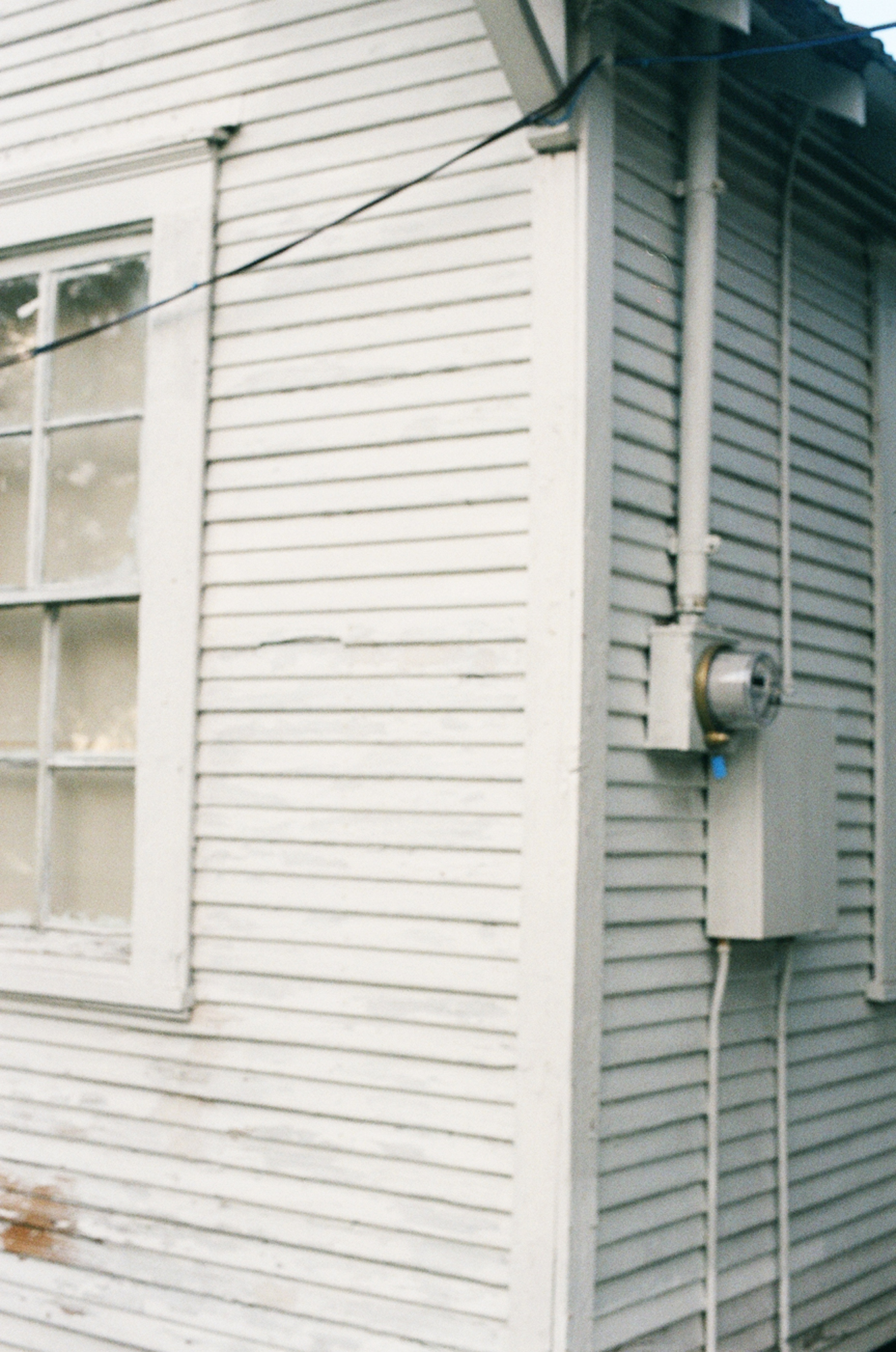
Chromogenic print on plexiglass
Image: 94,5 x 70,9 inches
This series of photographs has been produced by the artist during a visit of renovated row houses in 2003 in the third district of Houston, Texas.
These row houses are former “Shotgun Houses” (12’ wide 3.5 m), little traditional Haitian houses introduced in the south of the United States, notably in New Orleans in the 19th century. The front door is placed in the same axis of the back door, and the legend tells that a gunshot through the door traversed the entire hall. These houses sheltered freed slaves and proletarian families.
The ensemble has been built in the 1930s according to this model and then renovated in the 1990s by community activists organising a social and artistic project named “Project Guest Houses”. Until now, forty houses have been renovated, hosting artists in residence who are working on the Afro-American heritage and single mother or community activities.
Exhibitions:
- Guest House, Galerie Anne-Sarah Bénichou, 7th January- 25th February 2017
- Kiki Smith, Seton Smith, Tony Smith, Kunstmuseum, Vaduz, Liechtenstein, 2013
- Kiki Smith, Seton Smith, Tony Smith, Les Abattoirs, Toulouse, France, 2013
- Kiki Smith, Seton Smith, Tony Smith, Bielefeld Kunsthalle, Germany, 2012
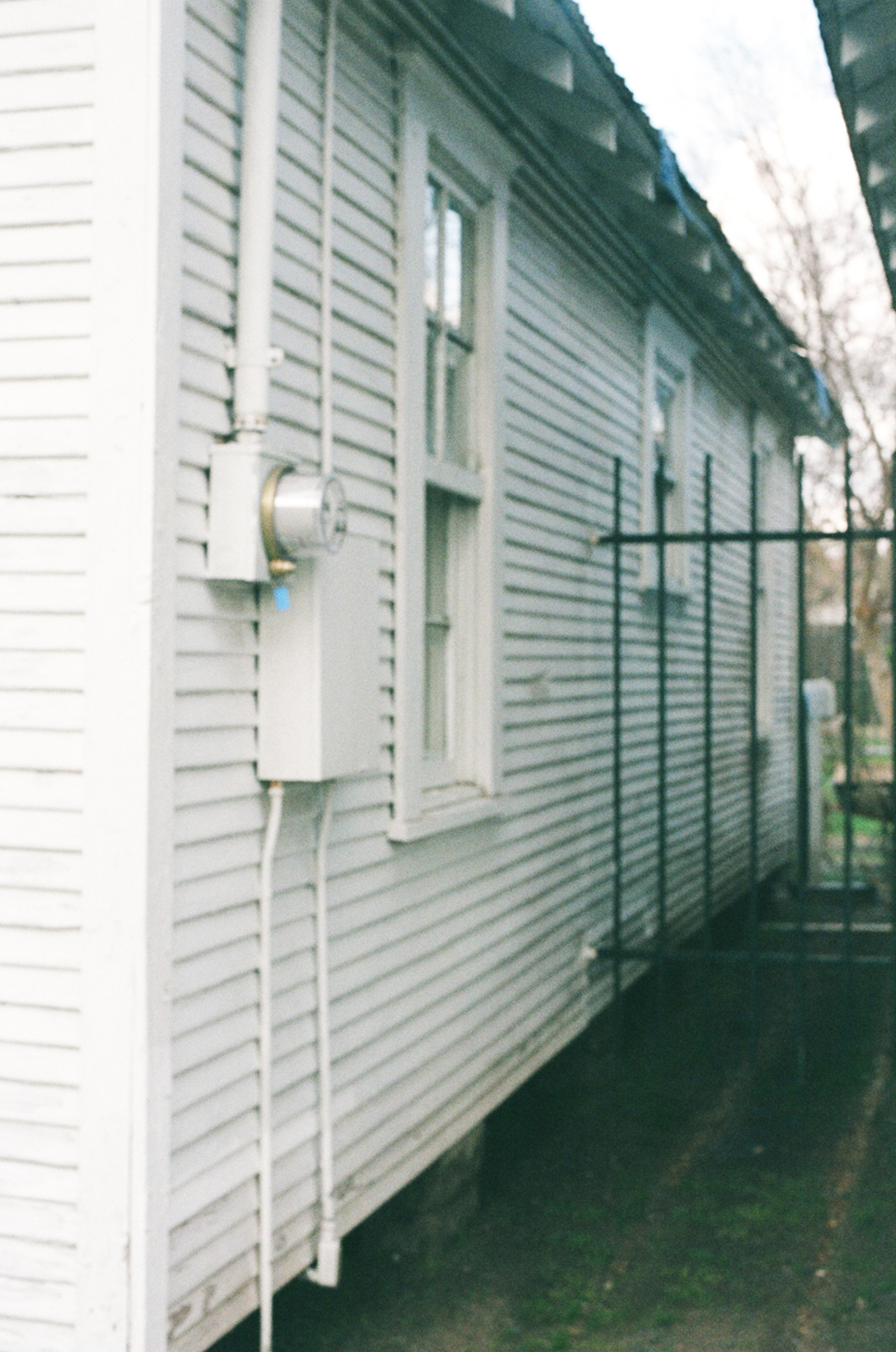
Chromogenic print
Image: 94,5 x 70,9 inches
This series of photographs has been produced by the artist during a visit of renovated row houses in 2003 in the third district of Houston, Texas.
These row houses are former “Shotgun Houses” (12’ wide 3.5 m), little traditional Haitian houses introduced in the south of the United States, notably in New Orleans in the 19th century. The front door is placed in the same axis of the back door, and the legend tells that a gunshot through the door traversed the entire hall. These houses sheltered freed slaves and proletarian families.
The ensemble has been built in the 1930s according to this model and then renovated in the 1990s by community activists organising a social and artistic project named “Project Guest Houses”. Until now, forty houses have been renovated, hosting artists in residence who are working on the Afro-American heritage and single mother or community activities.
Exhibitions:
- Guest House, Galerie Anne-Sarah Bénichou, 7th January- 25th February 2017
- Kiki Smith, Seton Smith, Tony Smith, Kunstmuseum, Vaduz, Liechtenstein, 2013
- Kiki Smith, Seton Smith, Tony Smith, Les Abattoirs, Toulouse, France, 2013
- Kiki Smith, Seton Smith, Tony Smith, Bielefeld Kunsthalle, Allemagne, 2012
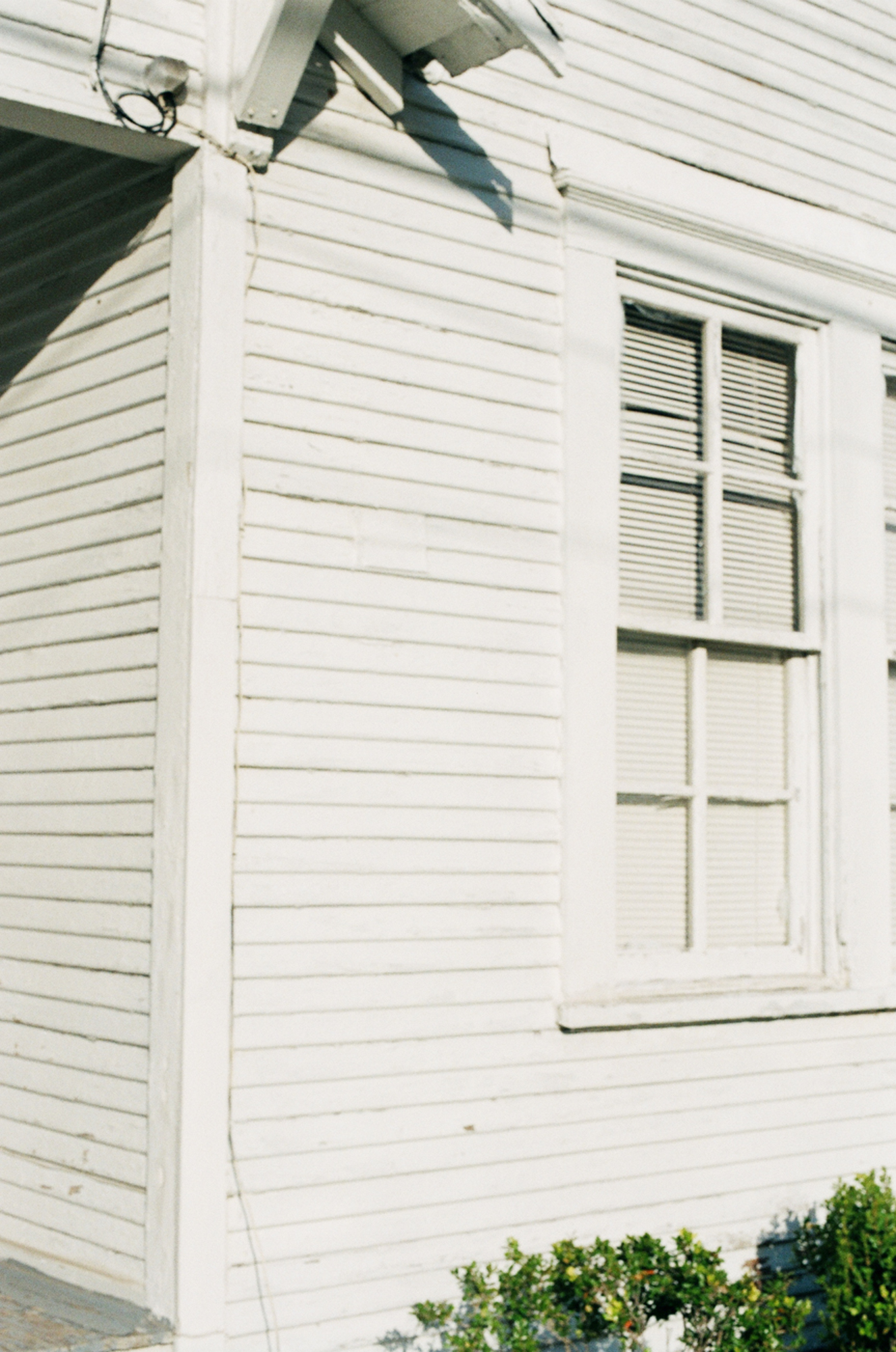
Chromogenic print
Image: 94,5 x 70,9 in
This series of photographs has been produced by the artist during a visit of renovated row houses in 2003 in the third district of Houston, Texas.
These row houses are former “Shotgun Houses” (12’ wide 3.5 m), little traditional Haitian houses introduced in the south of the United States, notably in New Orleans in the 19th century. The front door is placed in the same axis of the back door, and the legend tells that a gunshot through the door traversed the entire hall. These houses sheltered freed slaves and proletarian families.
The ensemble has been built in the 1930s according to this model and then renovated in the 1990s by community activists organising a social and artistic project named “Project Guest Houses”. Until now, forty houses have been renovated, hosting artists in residence who are working on the Afro-American heritage and single mother or community activities.
Exhibitions:
- Guest House, Galerie Anne-Sarah Bénichou, Paris, France, 7 janvier- 25 février 2017
- Kiki Smith, Seton Smith, Tony Smith, Kunstmuseum, Vaduz, Liechtenstein, 2013
- Kiki Smith, Seton Smith, Tony Smith, Les Abattoirs, Toulouse, France, 2013
- Kiki Smith, Seton Smith, Tony Smith, Bielefeld Kunsthalle, Germany, 2012
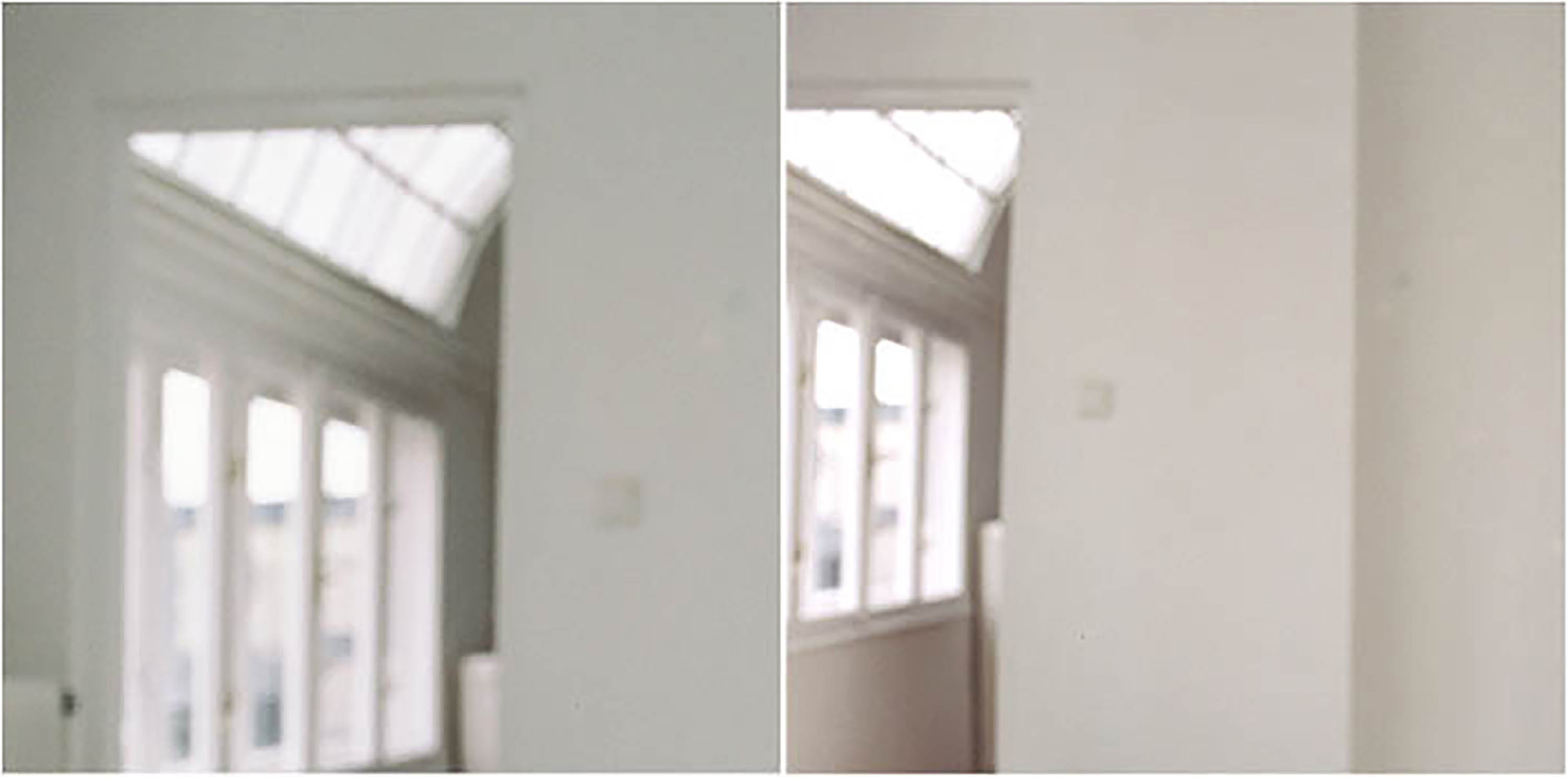
Chromogenic prints, Diptych
Image: 71,9 x 71,9 inches each
Paper: 71,9 x 71,9 inches each
Exhibitions:
- "Second Mark" Galerie Sisso, Paris, France, 2015
- Kiki Smith, Seton Smith, Tony Smith, Kunstmuseum, Vaduz, Liechtenstein, 2013
- Kiki Smith, Seton Smith, Tony Smith, Les Abattoirs, Toulouse, France, 2013
- Kiki Smith, Seton Smith, Tony Smith, Bielefeld Kunsthalle, Allemagne, 2012
Bibliography:
- MESCHEDE Friedrich (HG.), Kiki Smith, Seton Smith, Tony Smith, Bielefeld Kunsthalle, Bielefeld : Kerber Christof Verlag, septembre 2012, p.54
- Seton Smith, essays by Welchman John, McGrath Patrick, Rowlands Penelope, Steinberg Claudia, p. 14-15

Chromogenic print and Plexiglas
Image: 70,9 x 70,9 inches each
Exhibitions:
- Kiki Smith, Seton Smith, Tony Smith, Kunstmuseum, Vaduz, Liechtenstein, 2013
- Kiki Smith, Seton Smith, Tony Smith, Les Abattoirs, Toulouse, France, 2013
- Kiki Smith, Seton Smith, Tony Smith, Bielefeld Kunsthalle, Allemagne, 2012
Bibliography:
- Seton Smith, essays by Welchman John, McGrath Patrick, Rowlands Penelope, Steinberg Claudia, p. 66- 67
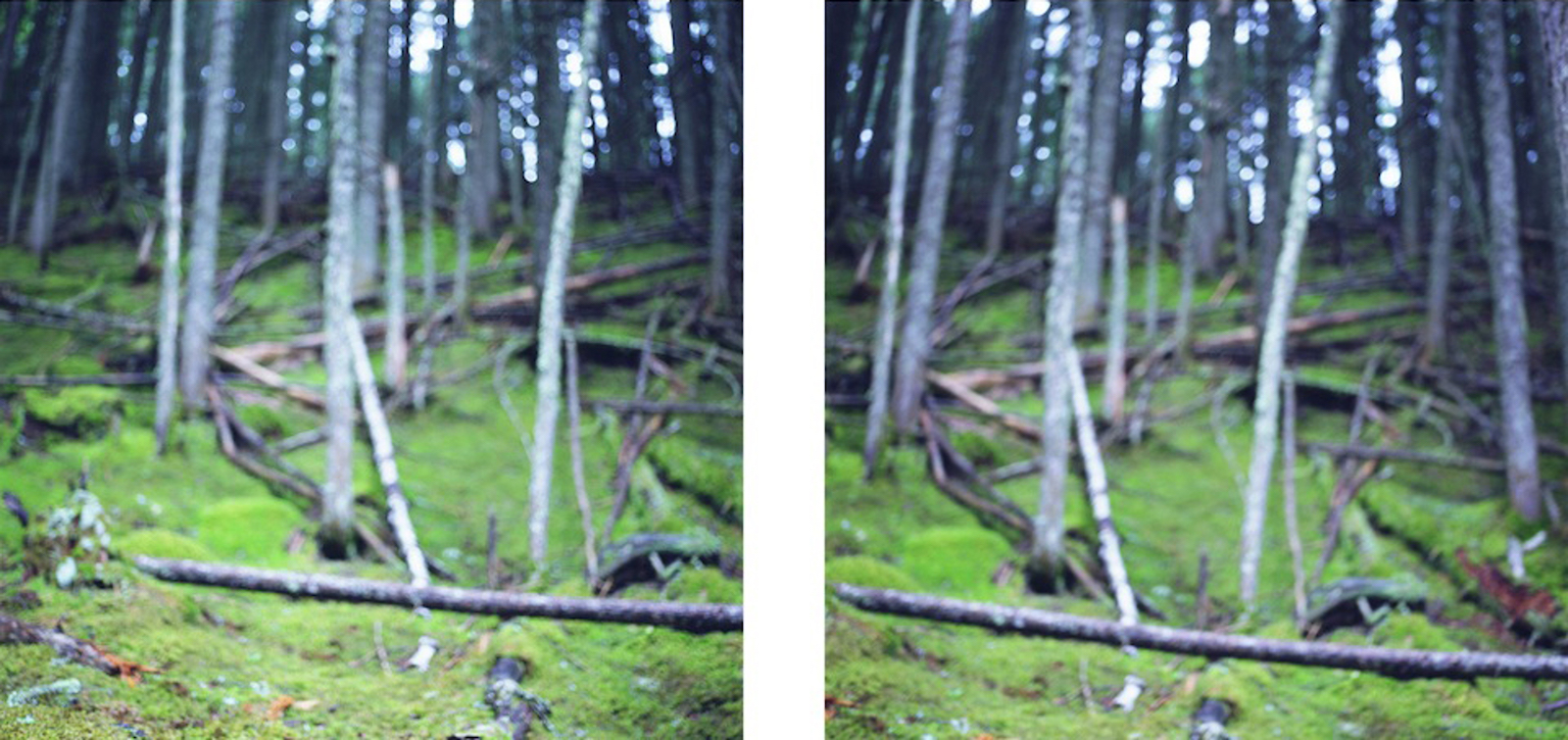
Chromogenic prints and Plexiglas, diptych
Image: 72 x 72 inches each each
The Falling Trees Series was shot at Avalanche Creek in Glacier National Park, Montana, in 2006. There must have been huge storms that took down so many trees, that then decompose and nourish the forest floor for the cycle of new trees to start again, only to weather new storms.
Expositions:
- Guest House, Galerie Anne-Sarah Bénichou, Paris, France 7th January- 25th February 2017
- Kiki Smith, Seton Smith, Tony Smith, Kunstmuseum, Vaduz, Liechtenstein, 2013
- Kiki Smith, Seton Smith, Tony Smith, Les Abattoirs, Toulouse, France, 2013
- Kiki Smith, Seton Smith, Tony Smith, Bielefeld Kunsthalle, Germany, 2012
Bibliography:
- MESCHEDE Friedrich (HG.), Kiki Smith, Seton Smith, Tony Smith, Bielefeld Kunsthalle, Bielefeld : Kerber Christof Verlag, september 2012, p.45.
- Seton Smith, essays by Welchman John, McGrath Patrick, Rowlands Penelope, Steinberg Claudia, p. 68-69
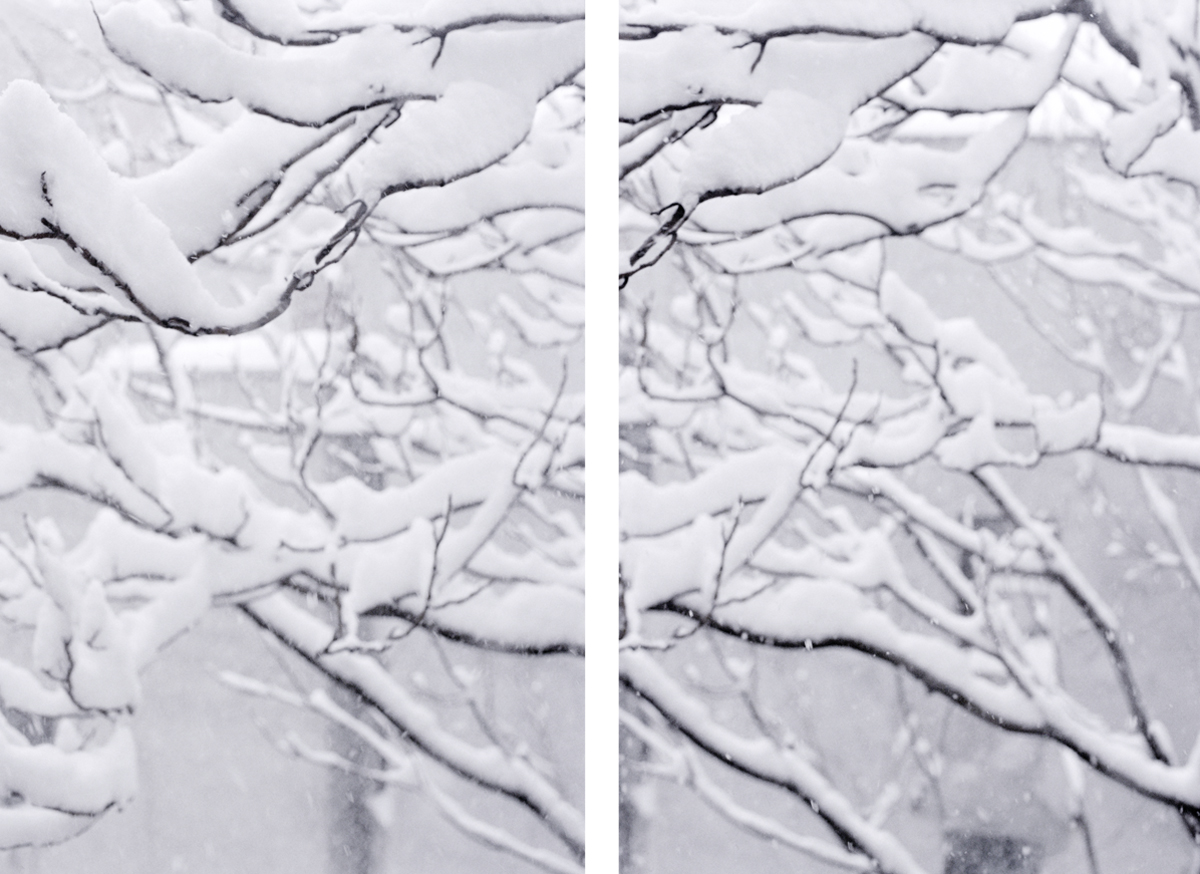
Chromogenic prints (diptych)
Image: 72 x 48 inches
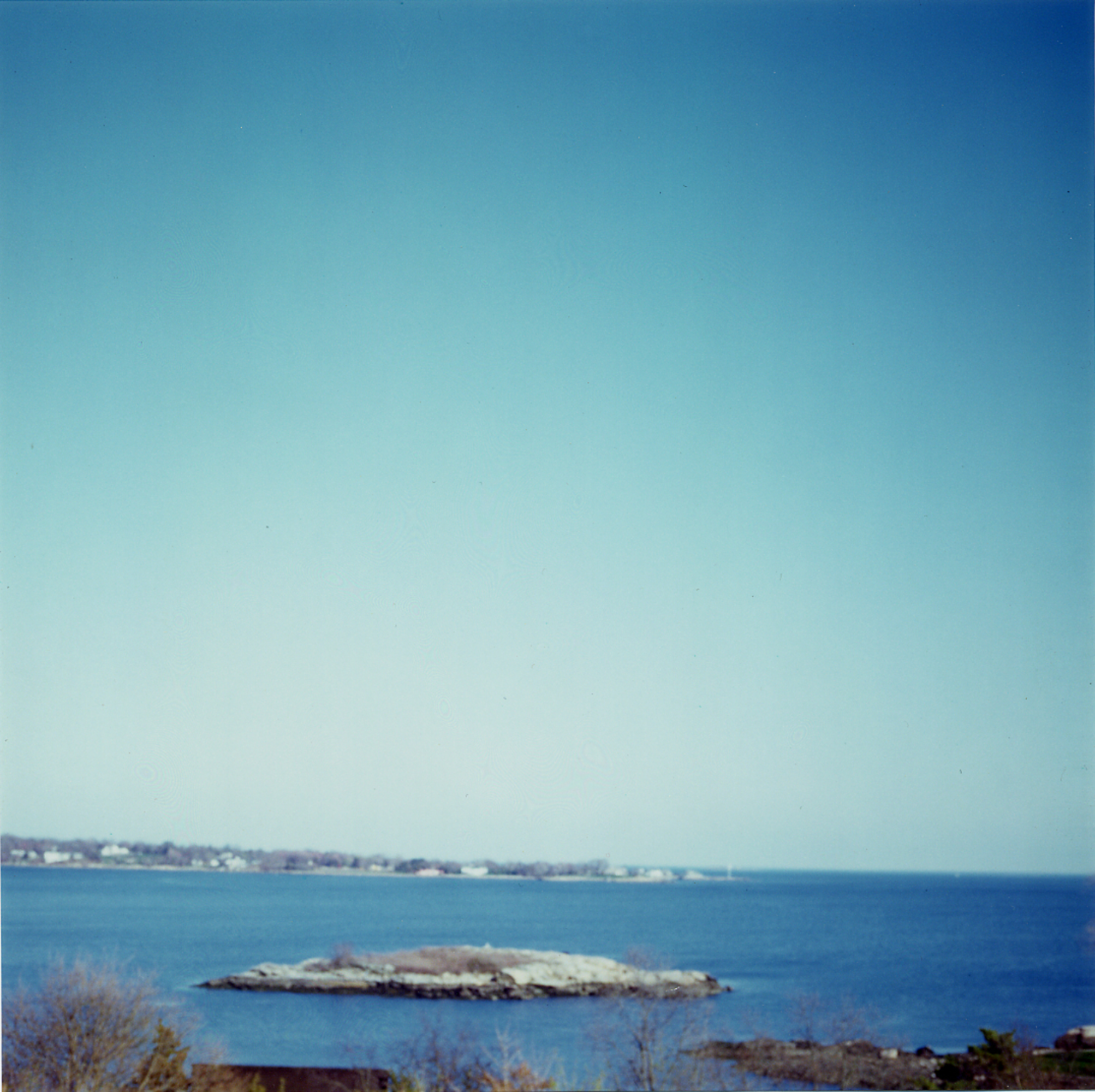
Chromogenic print
Image: 48 x 48 inches
Drawn and made by Tony Smith in 1951, this Guest House is a private property located in Guilford, Connecticut. Invited coincidentally in this house, Seton Smith was marked by this encounter with her father’s architectural minimalism. Hence, she made a series of four photographs named Guest House. Composed of bedrooms at each end, a bathroom and a central kitchen resting on pylons overhanging the Long Island Sound, this house represents the efficiency of modernism through its sober and humble design. Moreover, the view on the estuary fills with life the place, which appears as perched within space. Relying on this architectural minimalism, she occults it through the perspective, as a way to play with her familial architectural heritage.
Exhibitions:
- Kiki Smith, Seton Smith, Tony Smith, Kunstmuseum, Vaduz, Liechtenstein, 2013
- Kiki Smith, Seton Smith, Tony Smith, Les Abattoirs, Toulouse, France, 2013
- Kiki Smith, Seton Smith, Tony Smith, Bielefeld Kunsthalle, Germany, 2012
- Winston Wachter Gallery, Seattle, Etats-Unis, 2007
Bibliographie:
- FRANGNE Pierre Henry et LIMIDO Patricia, Les inventions photographiques du paysage, presses universitaires de Rennes, 2016, p. 28
- MESCHEDE Friedrich (HG.), Kiki Smith, Seton Smith, Tony Smith, Bielefeld Kunsthalle, Bielefeld : Kerber Christof Verlag, septembre 2012, p.52
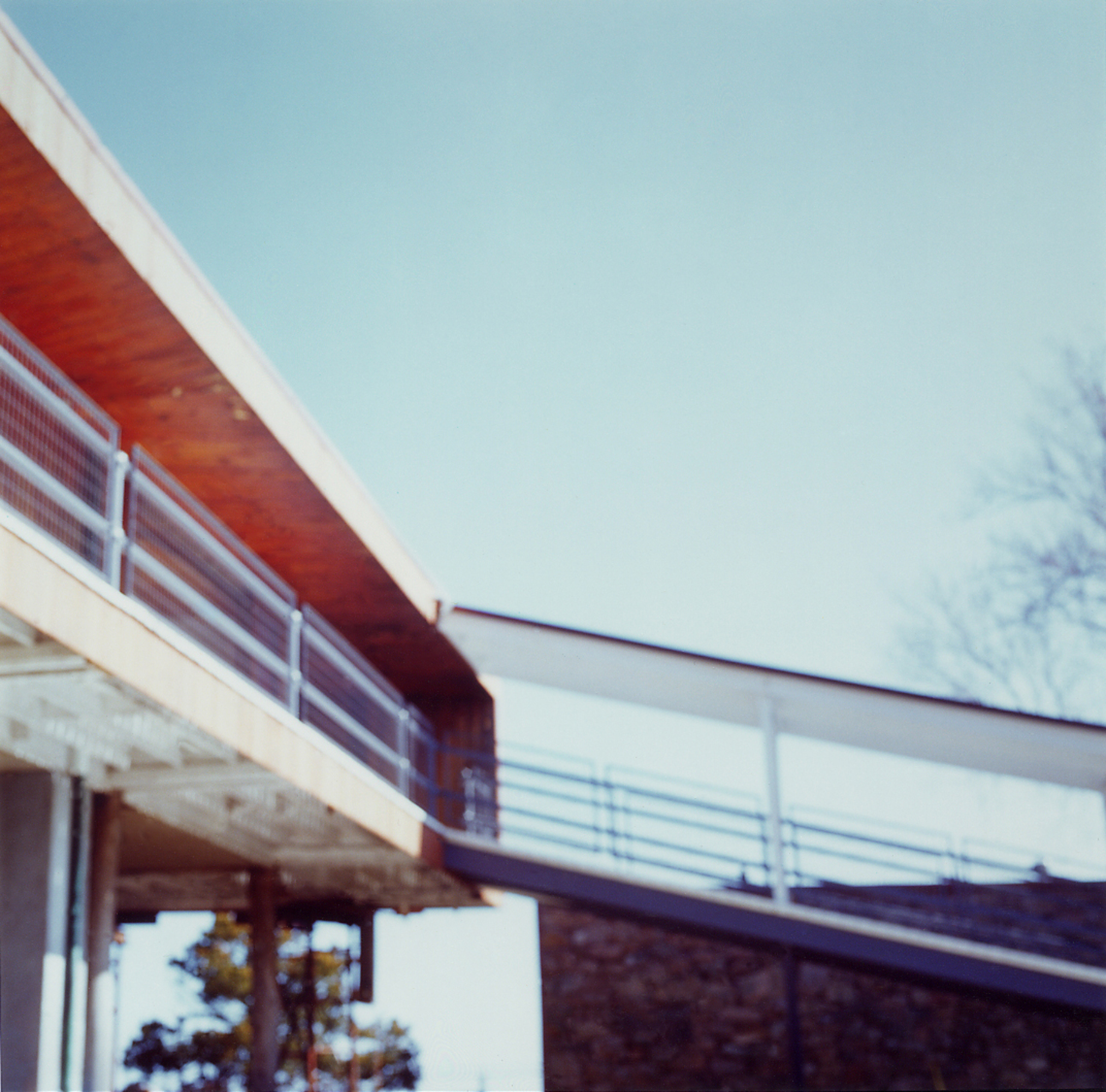
Chromogenic print
Image: 48 x 48 inches
Drawn and made by Tony Smith in 1951, this Guest House is a private property located in Guilford, Connecticut. Invited coincidentally in this house, Seton Smith was marked by this encounter with her father’s architectural minimalism. Hence, she made a series of four photographs named Guest House. Composed of bedrooms at each end, a bathroom and a central kitchen resting on pylons overhanging the Long Island Sound, this house represents the efficiency of modernism through its sober and humble design. Moreover, the view on the estuary fills with life the place, which appears as perched within space. Relying on this architectural minimalism, she occults it through the perspective, as a way to play with her familial architectural heritage.
Exhibitions:
- Kiki Smith, Seton Smith, Tony Smith, Kunstmuseum, Vaduz, Liechtenstein, 2013
- Kiki Smith, Seton Smith, Tony Smith, Les Abattoirs, Toulouse, France, 2013
- Kiki Smith, Seton Smith, Tony Smith, Bielefeld Kunsthalle, Germany, 2012
- Winston Wachter Gallery, Seattle, Etats-Unis, 2007
Bibliographie:
- FRANGNE Pierre Henry et LIMIDO Patricia, Les inventions photographiques du paysage, presses universitaires de Rennes, 2016, p. 28
- MESCHEDE Friedrich (HG.), Kiki Smith, Seton Smith, Tony Smith, Bielefeld Kunsthalle, Bielefeld : Kerber Christof Verlag, septembre 2012, p.49

Chromogenic print
Image: 48 x 48 inches
Drawn and made by Tony Smith in 1951, this Guest House is a private property located in Guilford, Connecticut. Invited coincidentally in this house, Seton Smith was marked by this encounter with her father’s architectural minimalism. Hence, she made a series of four photographs named Guest House. Composed of bedrooms at each end, a bathroom and a central kitchen resting on pylons overhanging the Long Island Sound, this house represents the efficiency of modernism through its sober and humble design. Moreover, the view on the estuary fills with life the place, which appears as perched within space. Relying on this architectural minimalism, she occults it through the perspective, as a way to play with her familial architectural heritage.
Exhibitions:
- Kiki Smith, Seton Smith, Tony Smith, Kunstmuseum, Vaduz, Liechtenstein, 2013
- Kiki Smith, Seton Smith, Tony Smith, Les Abattoirs, Toulouse, France, 2013
- Kiki Smith, Seton Smith, Tony Smith, Bielefeld Kunsthalle, Germany, 2012
- Winston Wachter Gallery, Seattle, Etats-Unis, 2007
Bibliography:
- FRANGNE Pierre Henry and LIMIDO Patricia, Les inventions photographiques du paysage, presses universitaires de Rennes, 2016, p. 28
- MESCHEDE Friedrich (HG.), Kiki Smith, Seton Smith, Tony Smith, Bielefeld Kunsthalle, Bielefeld : Kerber Christof Verlag, septembre 2012, p.51.
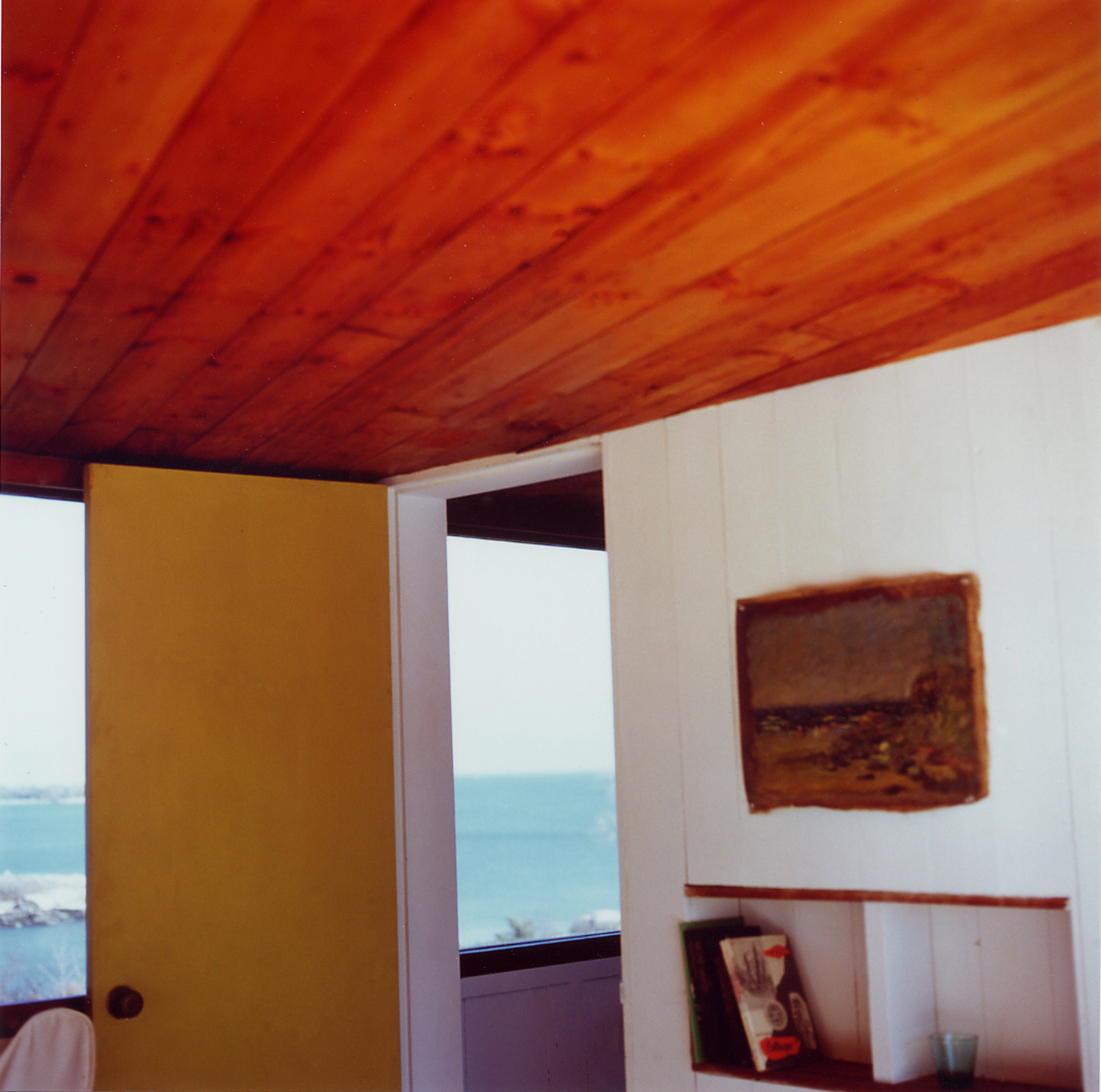
Chromogenic print
Image: 48 x 48 inches
Drawn and made by Tony Smith in 1951, this Guest House is a private property located in Guilford, Connecticut. Invited coincidentally in this house, Seton Smith was marked by this encounter with her father’s architectural minimalism. Hence, she made a series of four photographs named Guest House. Composed of bedrooms at each end, a bathroom and a central kitchen resting on pylons overhanging the Long Island Sound, this house represents the efficiency of modernism through its sober and humble design. Moreover, the view on the estuary fills with life the place, which appears as perched within space. Relying on this architectural minimalism, she occults it through the perspective, as a way to play with her familial architectural heritage.
Exhibitions:
- Kiki Smith, Seton Smith, Tony Smith, Kunstmuseum, Vaduz, Liechtenstein, 2013
- Kiki Smith, Seton Smith, Tony Smith, Les Abattoirs, Toulouse, France, 2013
- Kiki Smith, Seton Smith, Tony Smith, Bielefeld Kunsthalle, Germany, 2012
- Winston Wachter Gallery, Seattle, Etats-Unis, 2007
Bibliography:
- FRANGNE Pierre Henry and LIMIDO Patricia, Les inventions photographiques du paysage, presses universitaires de Rennes, 2016, p. 28
- MESCHEDE Friedrich (HG.), Kiki Smith, Seton Smith, Tony Smith, Bielefeld Kunsthalle, Bielefeld : Kerber Christof Verlag, september 2012, p.50
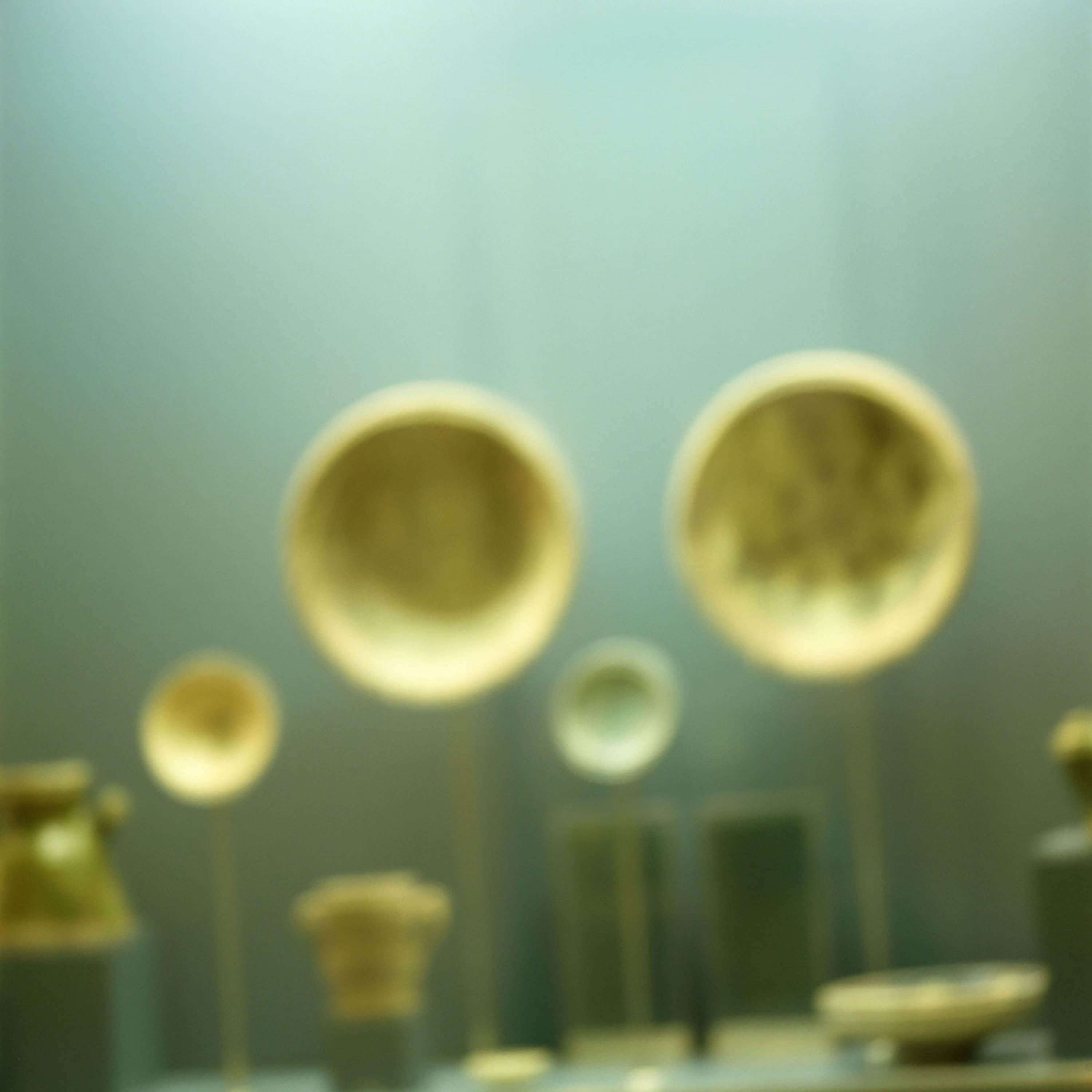
Image: 23,6 x 23,6 inches
Paper: 23,6 x 23,6 inches
Seton Smith has taken many photographs of museum interiors. In Blue Ground With Stone, it is archaeological elements located in Italy that interest the artist. This piece of art is typical of her work and takes the opposite stance of museum photographs traditionally focused on the promotion of artworks. Manipulating blurring focus and close perspective, the artist produces an image close to a monochrome which dismantles customary structures. We cannot embrace what is pictured and the artwork’s main stake is not the object in itself but the sentiment extracted from its shot. She confronts the viewer to its own representation and questions the notion of space and artwork integrated in the museum.

Image: 23,6 x 23,6 inches
Paper: 23,6 x 23,6 inches
Seton Smith has taken many photographs of museum interiors. In Orange Ground With Plate, it is archaeological elements located in Italy that interest the artist. This piece of art is typical of her work and takes the opposite stance of museum photographs traditionally focused on the promotion of artworks. Manipulating blurring focus and close perspective, the artist produces an image close to a monochrome which dismantles customary structures. We cannot embrace what is pictured and the artwork’s main stake is not the object in itself but the sentiment extracted from its shot. She confronts the viewer to its own representation and questions the notion of space and artwork integrated in the museum.
Exhibition:
- Second Mark, Galerie Sisso, Paris, 18th september- 27 October 2015
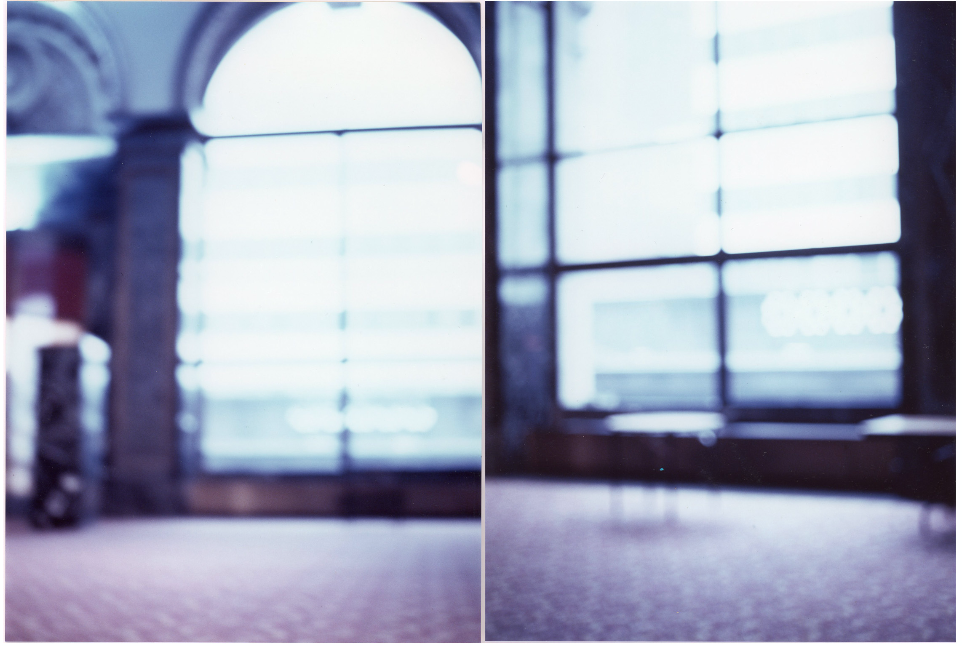
Cibachrome Print onto plexiglass, Diptych
Image: 72 x 48 inches each
For the last two decades, Seton Smith initiated to photograph architecture of ancient and historical buildings, without intending to glorify their structure but to embrace an emotional connotation, a piece of history or a life fragment.
Off-screens, blurring and unbalances are used to disturb image interpretation; a loss of immediateness in the comprehension provokes an emphasis on architectural elements, such as this large window represented as even more imposing thanks to the contrast.
Exhibition :
- Cent 8, Paris, France, 2001

Cibachrome Print in Wood Frame with glass
Image: 72 x 48 inches
The memory of Seton Smith's family house, an old building constructed during the 19th century, remain omnipresent in the artist's photographic work. Childhood memories and feelings reappear mysteriously in her work, coming alive though photographs of objects and architecture showing unrevealed human presence. In Five Interiors Equal Homeseries, the chimney, the stairs or the period costumes compose many patterns appealing to both personal and family memory of the artist, shaped, transmitted or forgotten in a single place.
Exhibitions:
- Jocaste en Arcadie, Château de Grignan, France, 1997
- Le Capitou, Contemporary Art center, Fréjus, France, 1995
- Galerie Urbi et Orbi, Paris, France, 1993

Cibachrome Print in Wood Frame with glass
Image: 72 x 48 inches
The memory of Seton Smith's family house, an old building constructed during the 19th century, remain omnipresent in the artist's photographic work. Childhood memories and feelings reappear mysteriously in her work, coming alive though photographs of objects and architecture showing unrevealed human presence. In Five Interiors Equal Homeseries, the chimney, the stairs or the period costumes compose many patterns appealing to both personal and family memory of the artist, shaped, transmitted or forgotten in a single place.
Exhibitions:
- Jocaste en Arcadie, Château de Grignan, France, 1997
- Le Capitou, Contemporary Art center, Fréjus, France, 1995
- Galerie Urbi et Orbi, Paris, France, 1993

Cibachrome Print in Wood Frame with glass
Image: 72 x 48 inches
The memory of Seton Smith's family house, an old building constructed during the 19th century, remain omnipresent in the artist's photographic work. Childhood memories and feelings reappear mysteriously in her work, coming alive though photographs of objects and architecture showing unrevealed human presence. In Five Interiors Equal Homeseries, the chimney, the stairs or the period costumes compose many patterns appealing to both personal and family memory of the artist, shaped, transmitted or forgotten in a single place.
Exhibitions:
- Jocaste en Arcadie, Château de Grignan, France, 1997
- Le Capitou, Contemporary Art center, Fréjus, France, 1995
- Galerie Urbi et Orbi, Paris, France, 1993
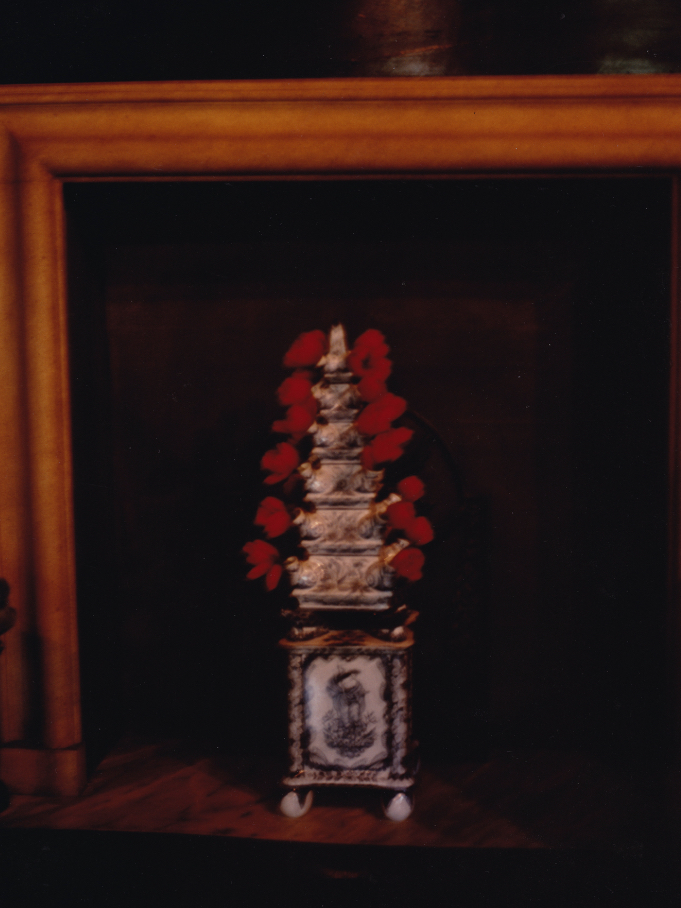
Cibachrome Print in Wood Frame with glass
Image: 72 x 48 inches
The memory of Seton Smith's family house, an old building constructed during the 19th century, remain omnipresent in the artist's photographic work. Childhood memories and feelings reappear mysteriously in her work, coming alive though photographs of objects and architecture showing unrevealed human presence. In Five Interiors Equal Homeseries, the chimney, the stairs or the period costumes compose many patterns appealing to both personal and family memory of the artist, shaped, transmitted or forgotten in a single place.
Exhibitions:
- Jocaste en Arcadie, Château de Grignan, France, 1997
- Le Capitou, Contemporary Art center, Fréjus, France, 1995
- Galerie Urbi et Orbi, Paris, France, 1993
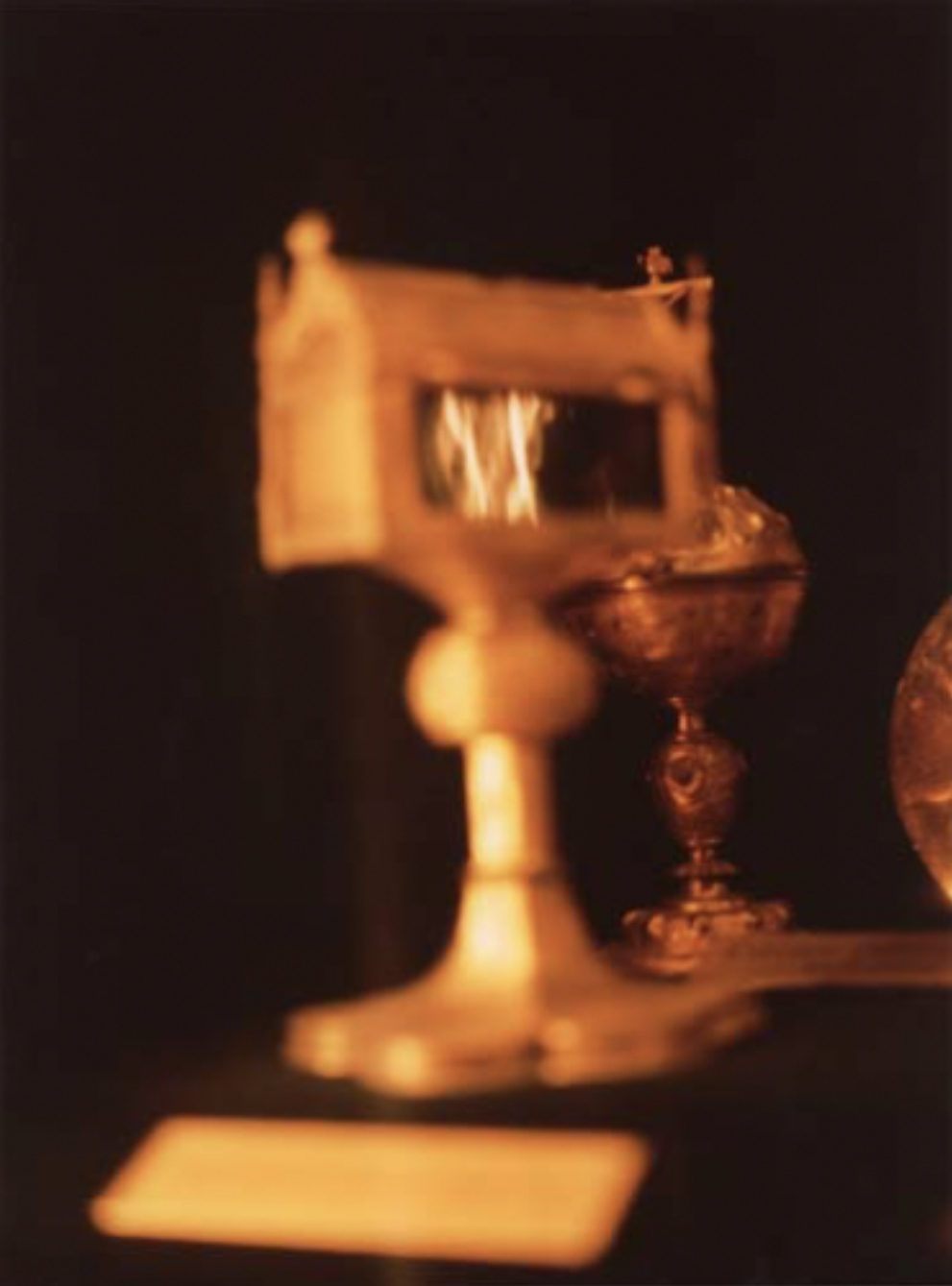
Cibachrome print in wooden frame with glass
Image: 71 x 47 inches
Places steeped in history such as museums, castles and ancient buildings constitute one of the favourite subjects of Seton Smith for her photographs. Red series show ancient objects designed for devotion or ceremony, that are photographed with surprising perspective, provoking unbalances, off-screen effects, superpositions and blur areas. The saturated colours, balancing between red and black reinforce the emotional aspect of these objects.
Exhibitions:
- Le Temps de la Marquise, Musée des Beaux-Arts, Rennes, France, 1997
- Le Capitou, Contemporary Art center, Fréjus, France, 1995
- Urbi et Orbi Gallery, Paris, France, 1993
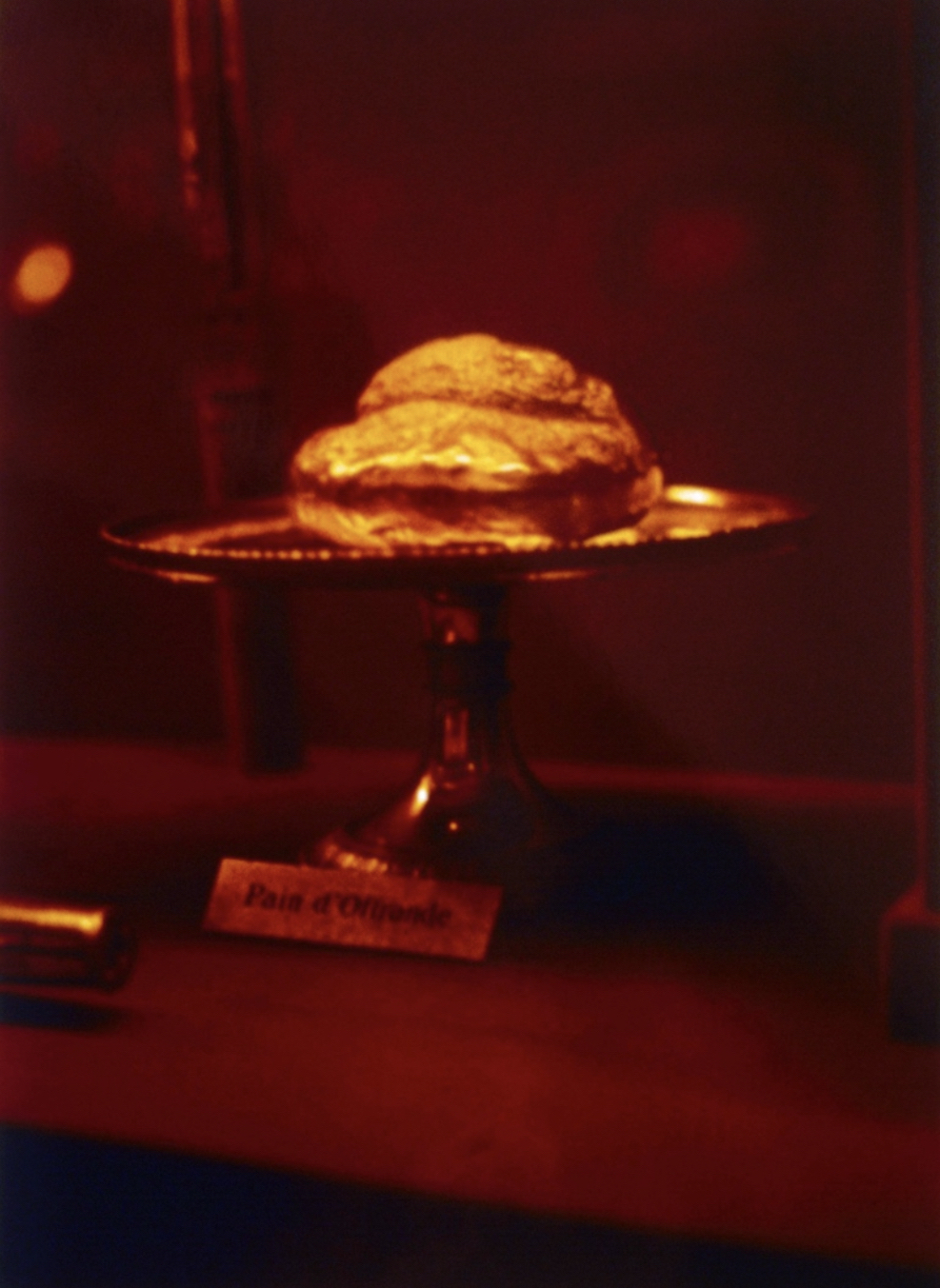
Cibachrome print in wooden frame with glass
Image: 71 x 47 inches
Places steeped in history such as museums, castles and ancient buildings constitute one of the favourite subjects of Seton Smith for her photographs. Red series show ancient objects designed for devotion or ceremony, that are photographed with surprising perspective, provoking unbalances, off-screen effects, superpositions and blur areas. The saturated colours, balancing between red and black reinforce the emotional aspect of these objects.
Exhibitions:
- Le Temps de la Marquise, Musée des Beaux-Arts, Rennes, France, 1997
- Le Capitou, Contemporary Art center, Fréjus, France, 1995
- Urbi et Orbi Gallery, Paris, France, 1993
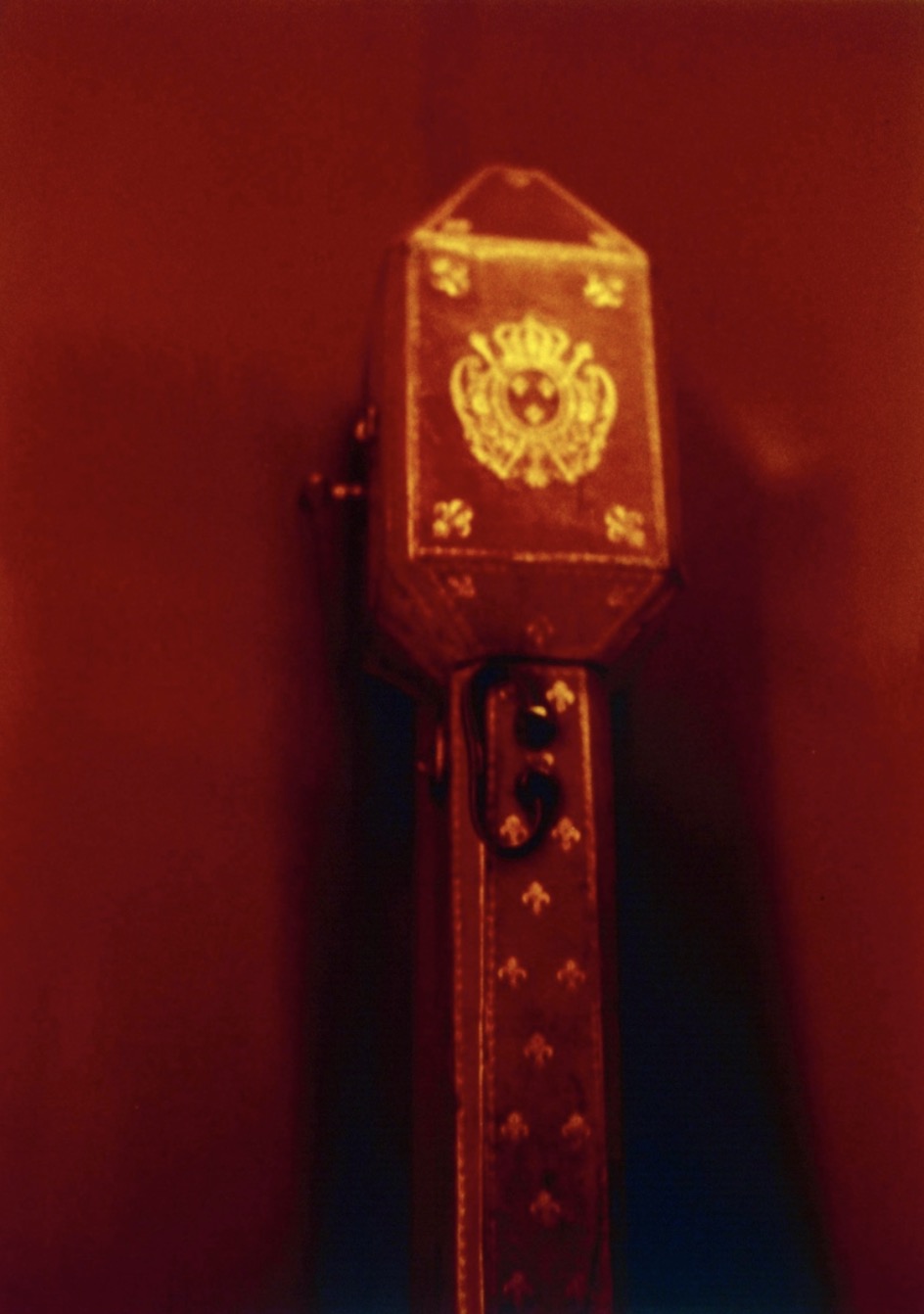
Cibachrome print in wooden frame with glass
Image: 71 x 47 inches
Places steeped in history such as museums, castles and ancient buildings constitute one of the favourite subjects of Seton Smith for her photographs. Red series show ancient objects designed for devotion or ceremony, that are photographed with surprising perspective, provoking unbalances, off-screen effects, superpositions and blur areas. The saturated colours, balancing between red and black reinforce the emotional aspect of these objects.
Exhibitions:
- Le Temps de la Marquise, Musée des Beaux-Arts, Rennes, France, 1997
- Le Capitou, Contemporary Art center, Fréjus, France, 1995
- Urbi et Orbi Gallery, Paris, France, 1993

Image: 72 x 48 inches
This photograph embraces a domestic space while using off frame and off screen effects. The latter brings the viewer to detach from the traditional perspective, allowing the expression of a dreamy look on the interior, and acting as a extract of life fragments.
Born in 1955 in New Jersey, Seton Smith is an established artist, she comes from a world-renowned family of artists. Daughter of the sculptor Tony Smith and sister of Kiki Smith, she decided to focus her own work on photography. She uses everyday-life objects that she represents with distinctive colors, from the Cibachrome printing. Her work is most of the time difficult to decipher and is open to a wide range of interpretations, because it is inspired by the individual memory of every spectator.
Her works are exhibited in the biggest collections in the world, such as Centre Pompidou, Modern Art Museum of Paris, Whitney Museum of American Art in New York, Los Angeles County Museum, Israelian Museum in Jerusalem.
She lives and works between Paris and New York